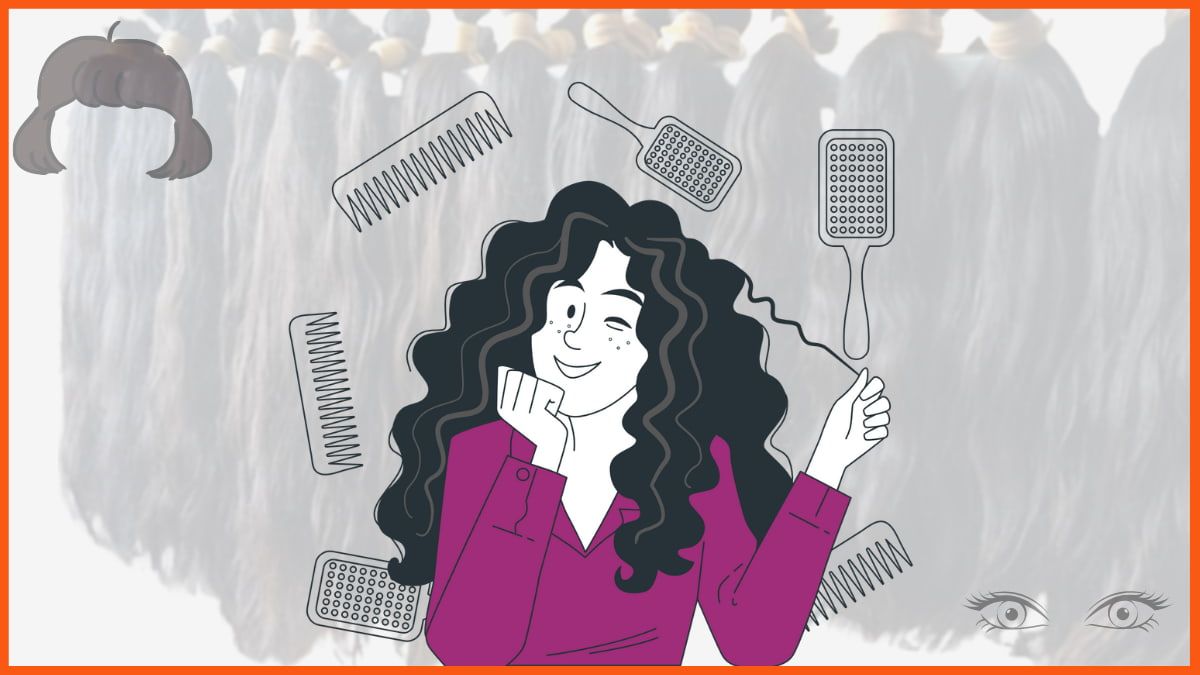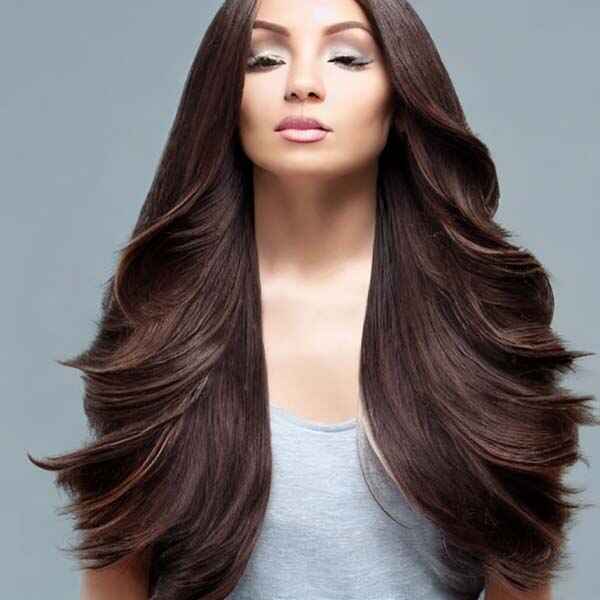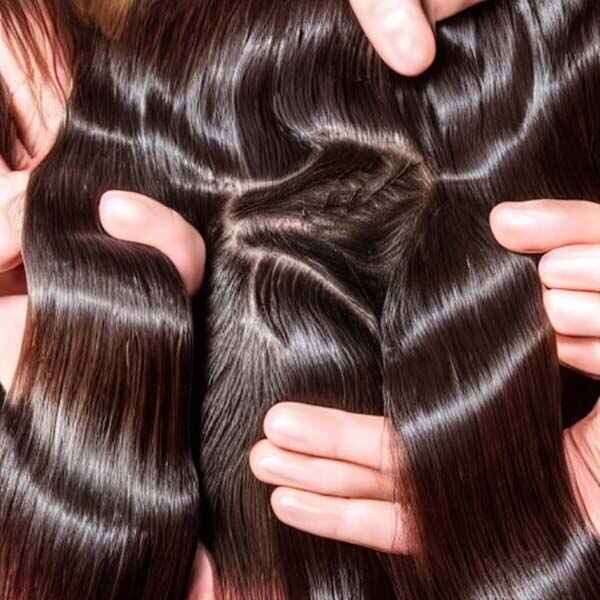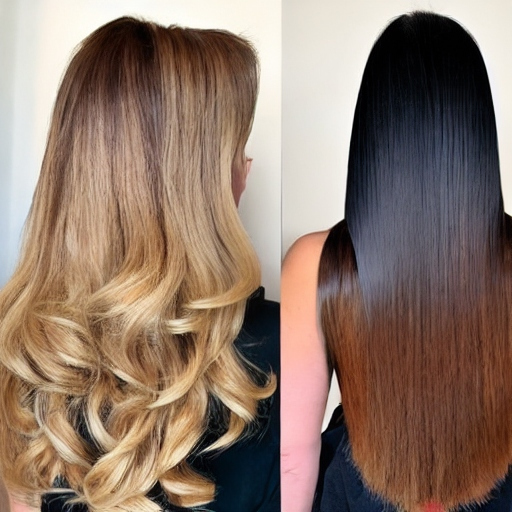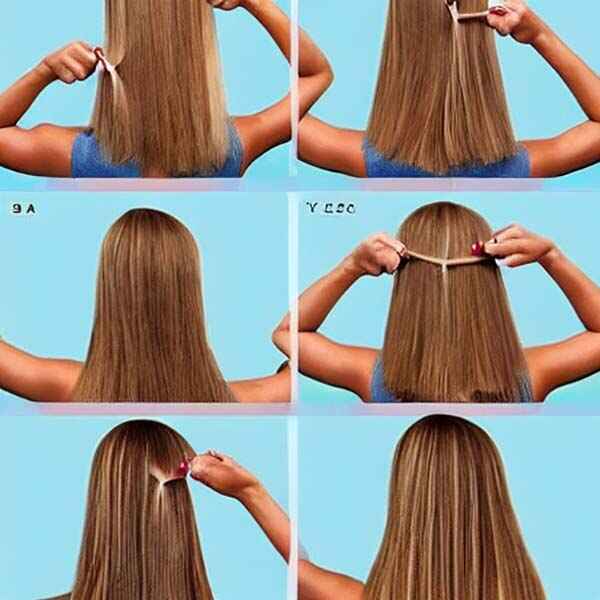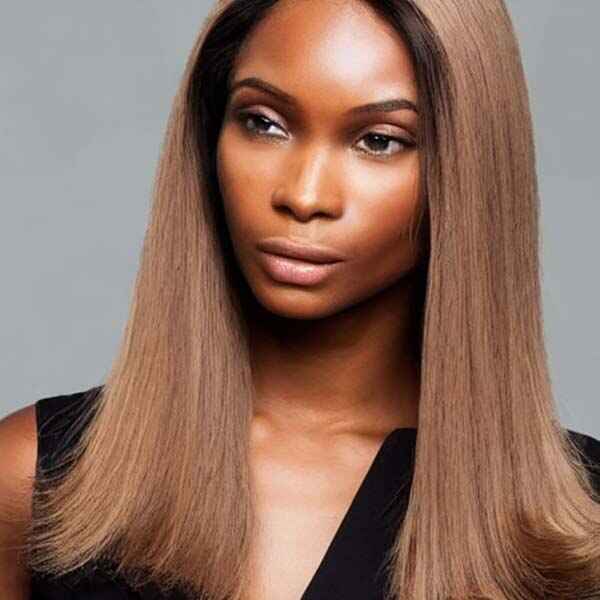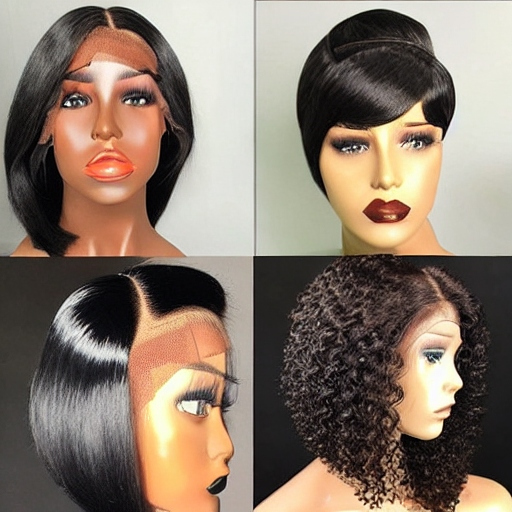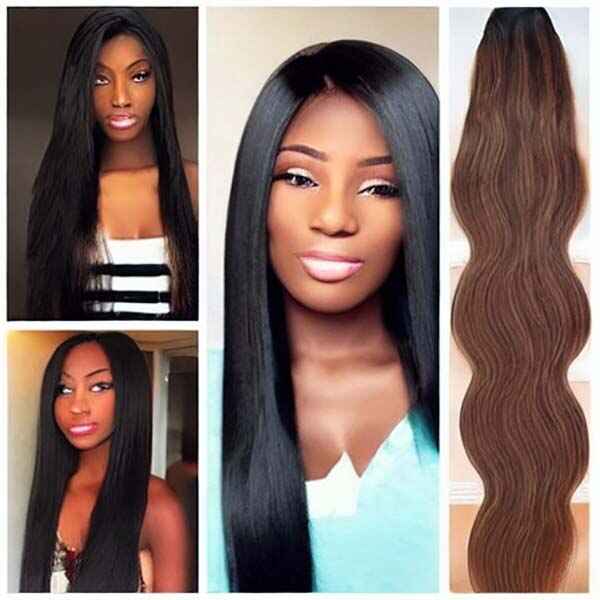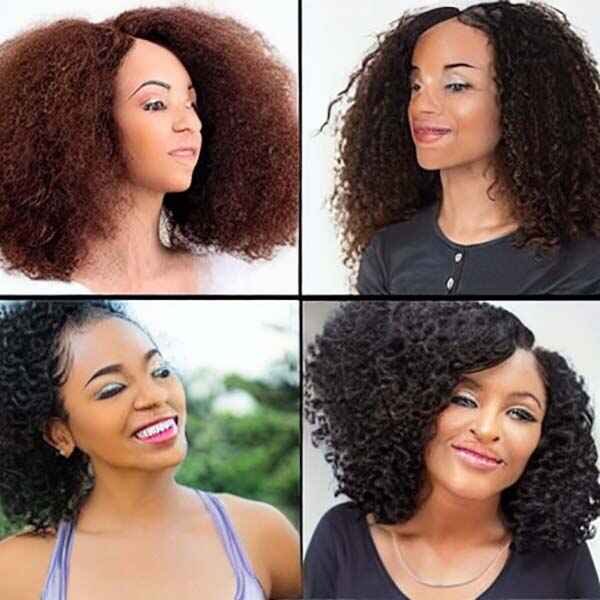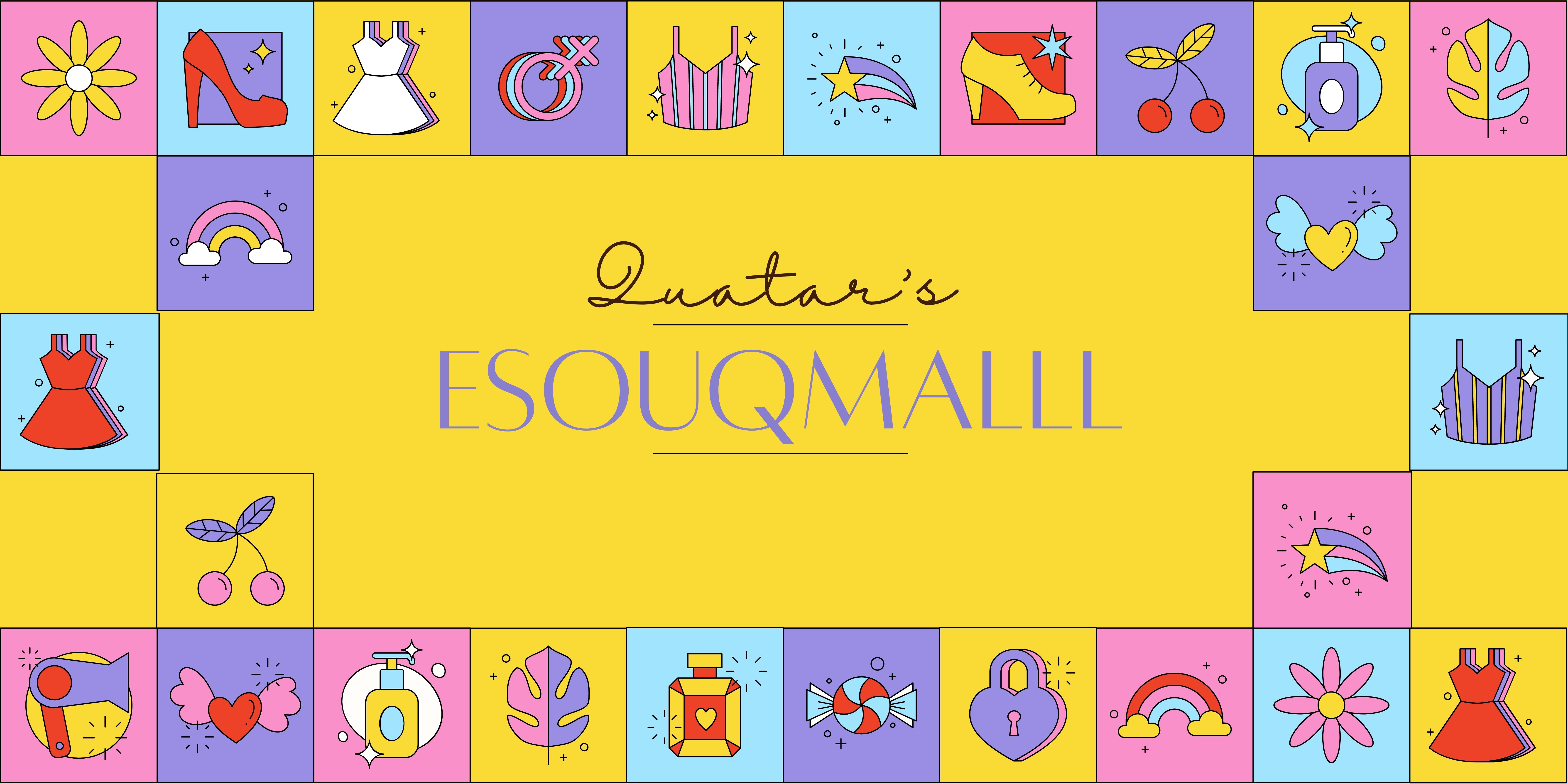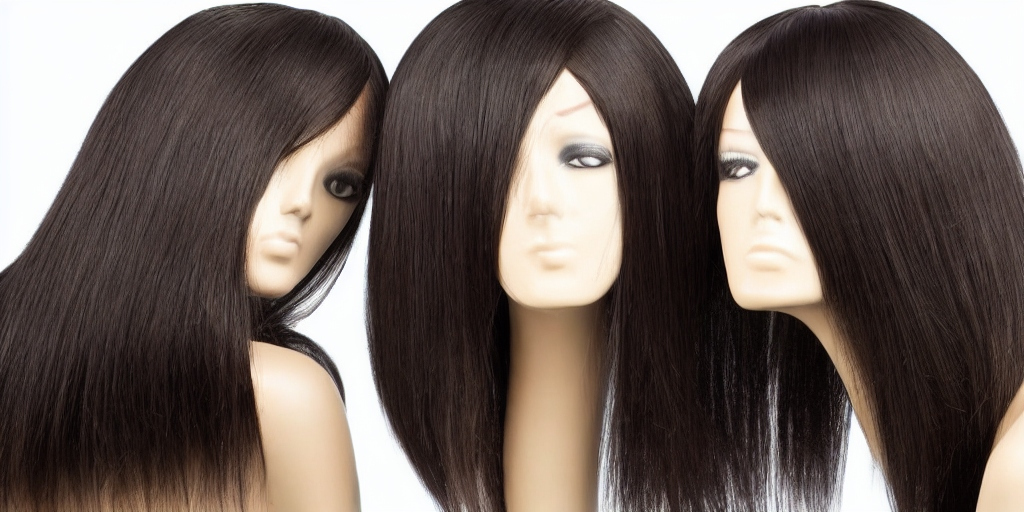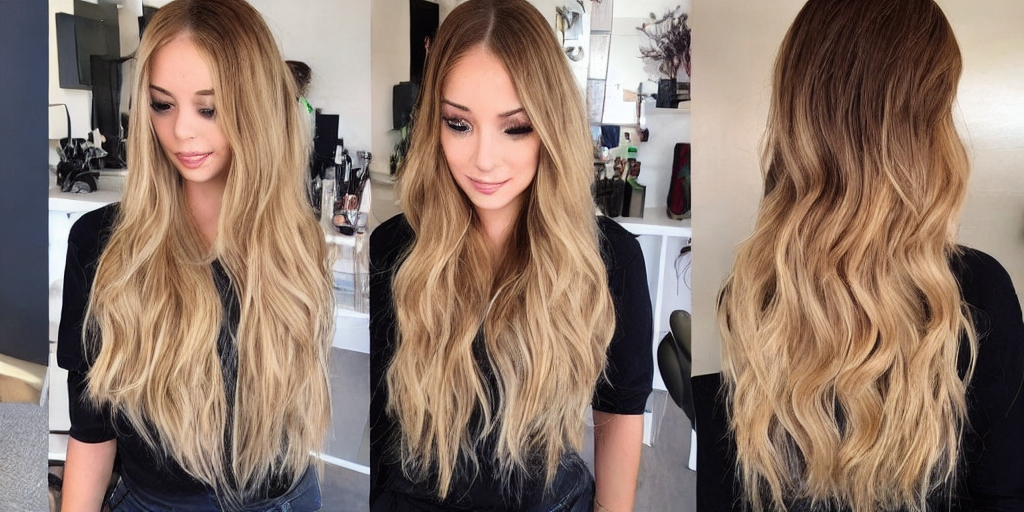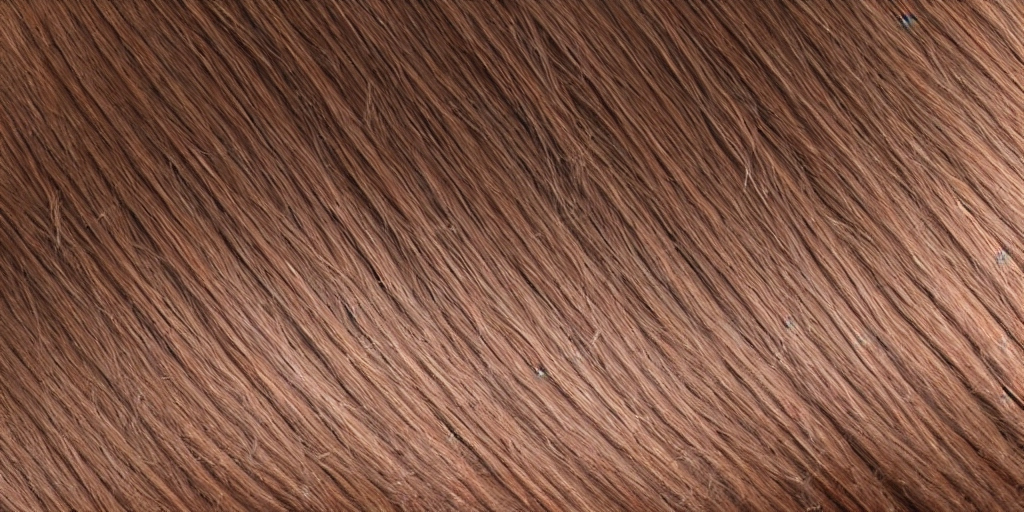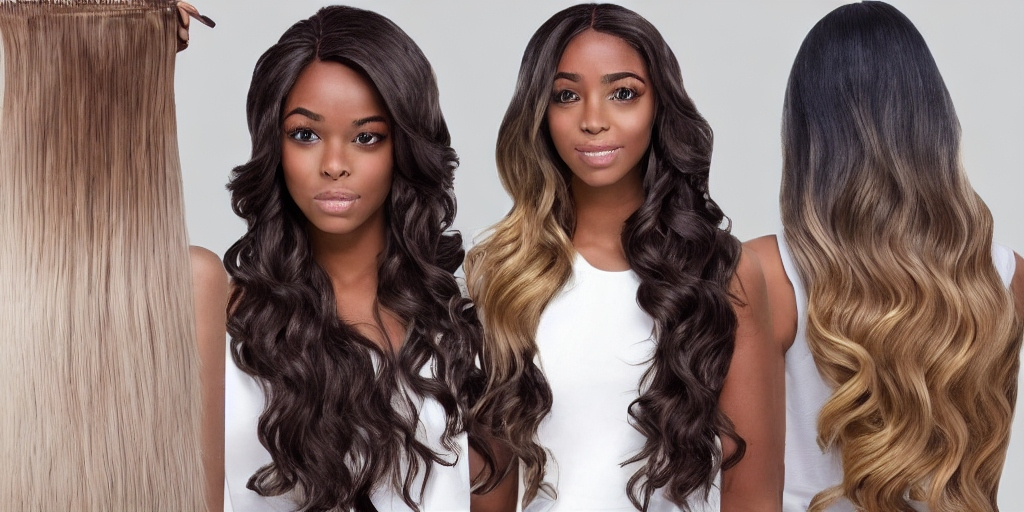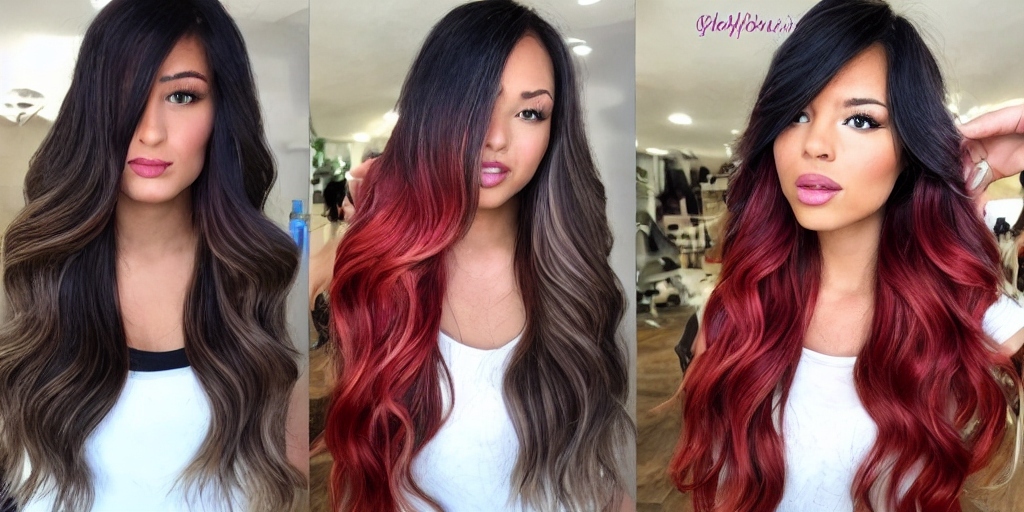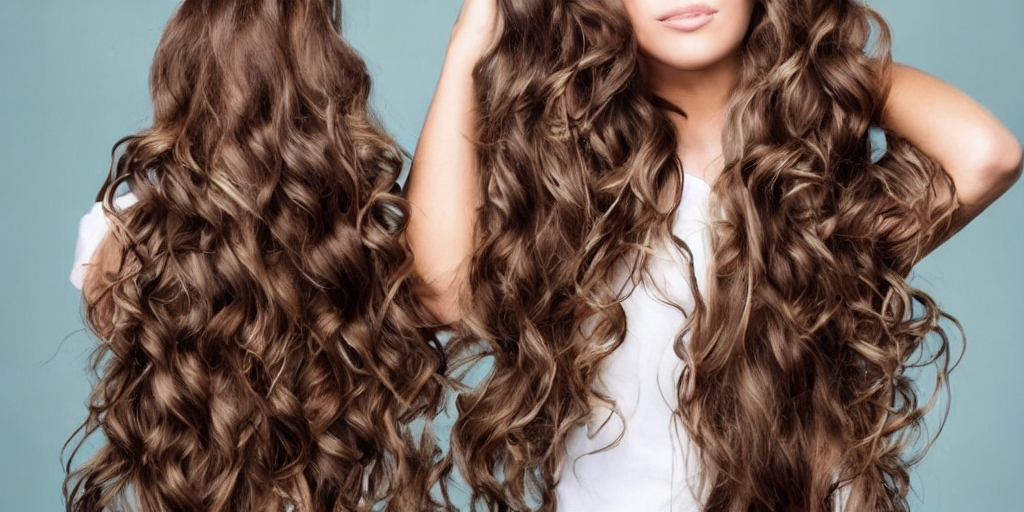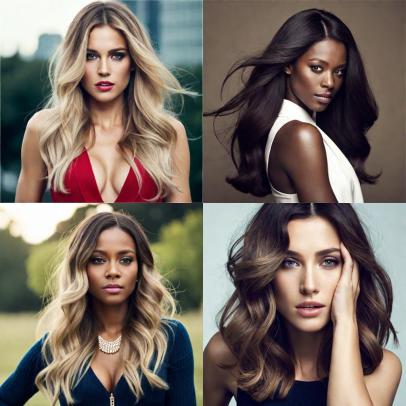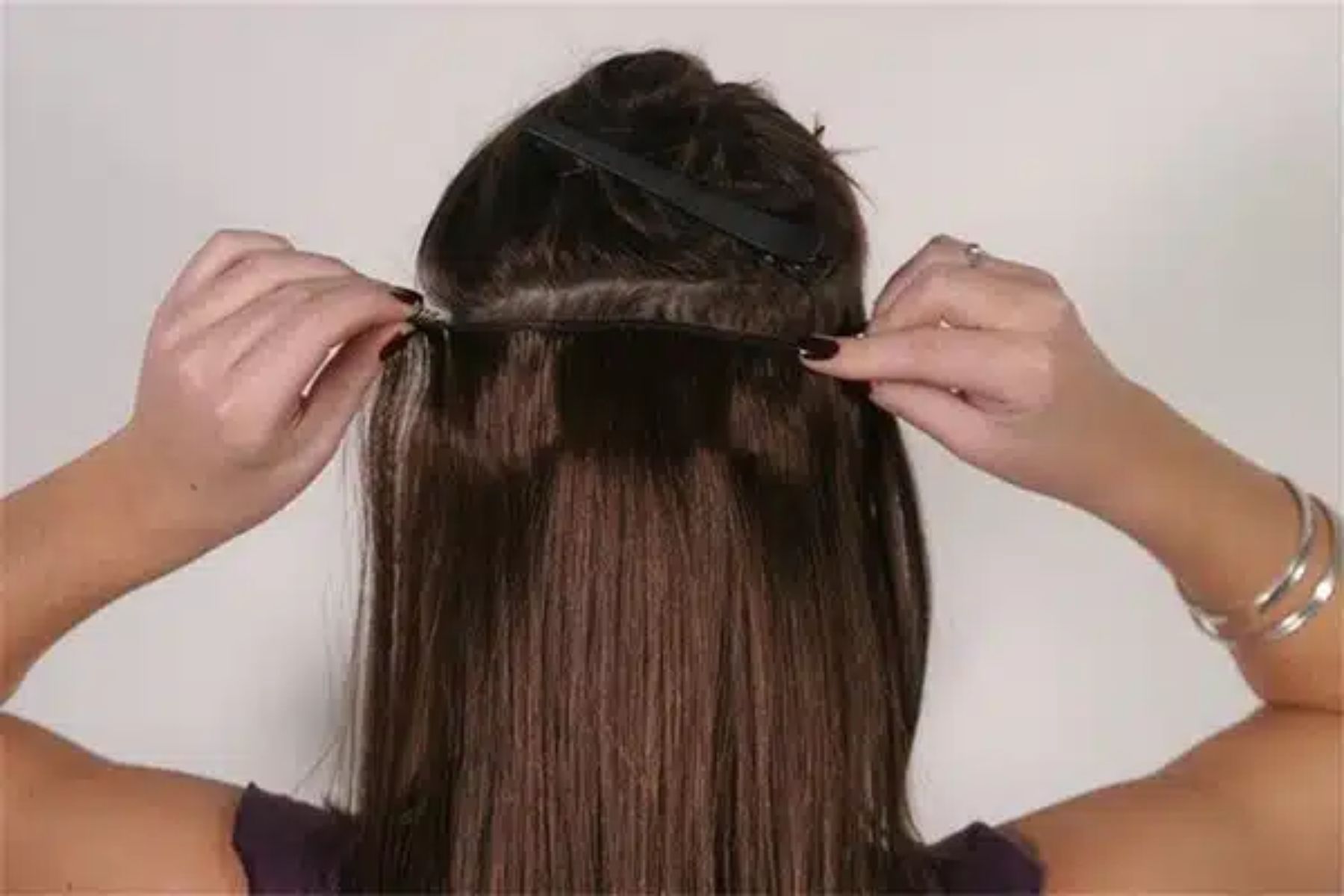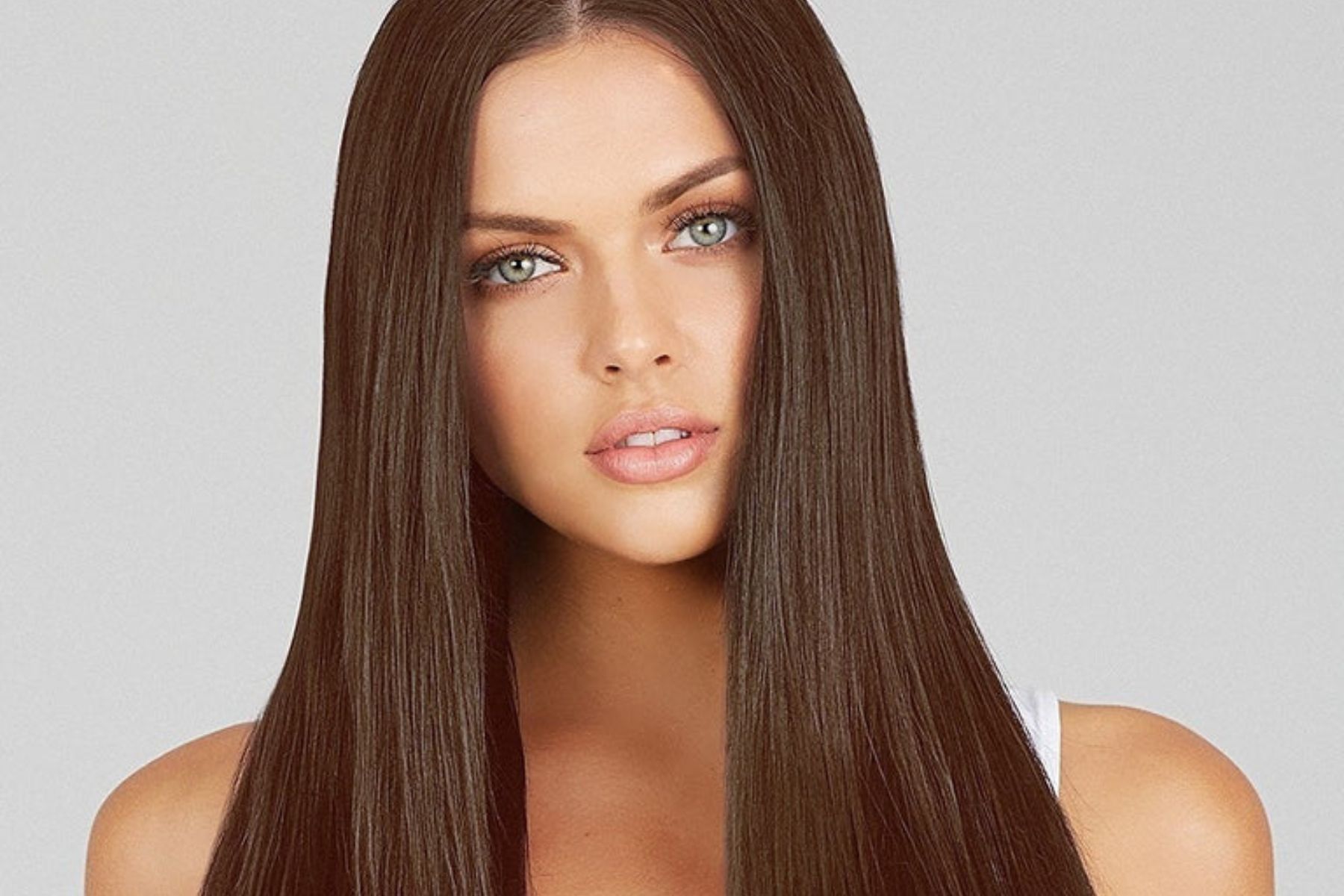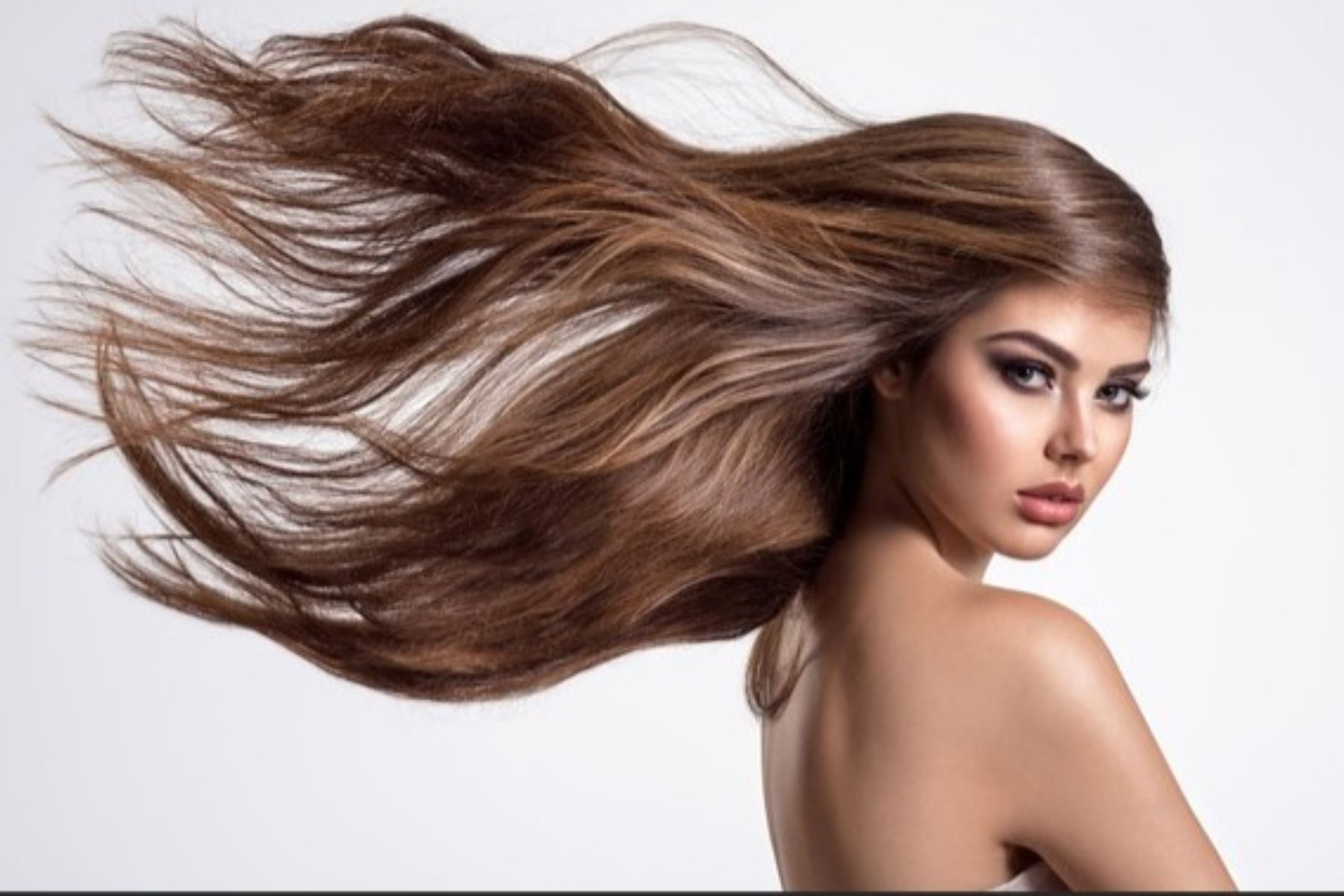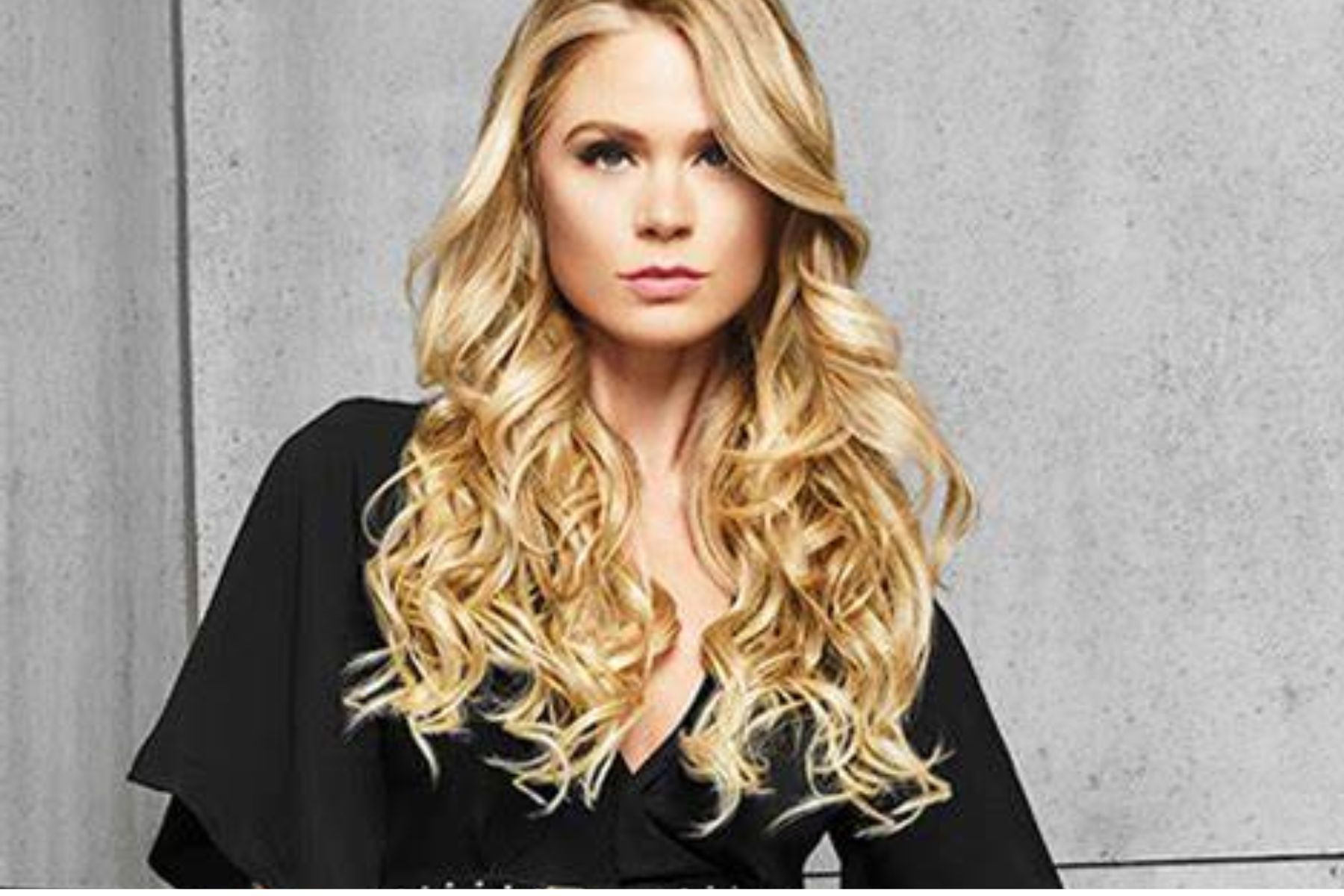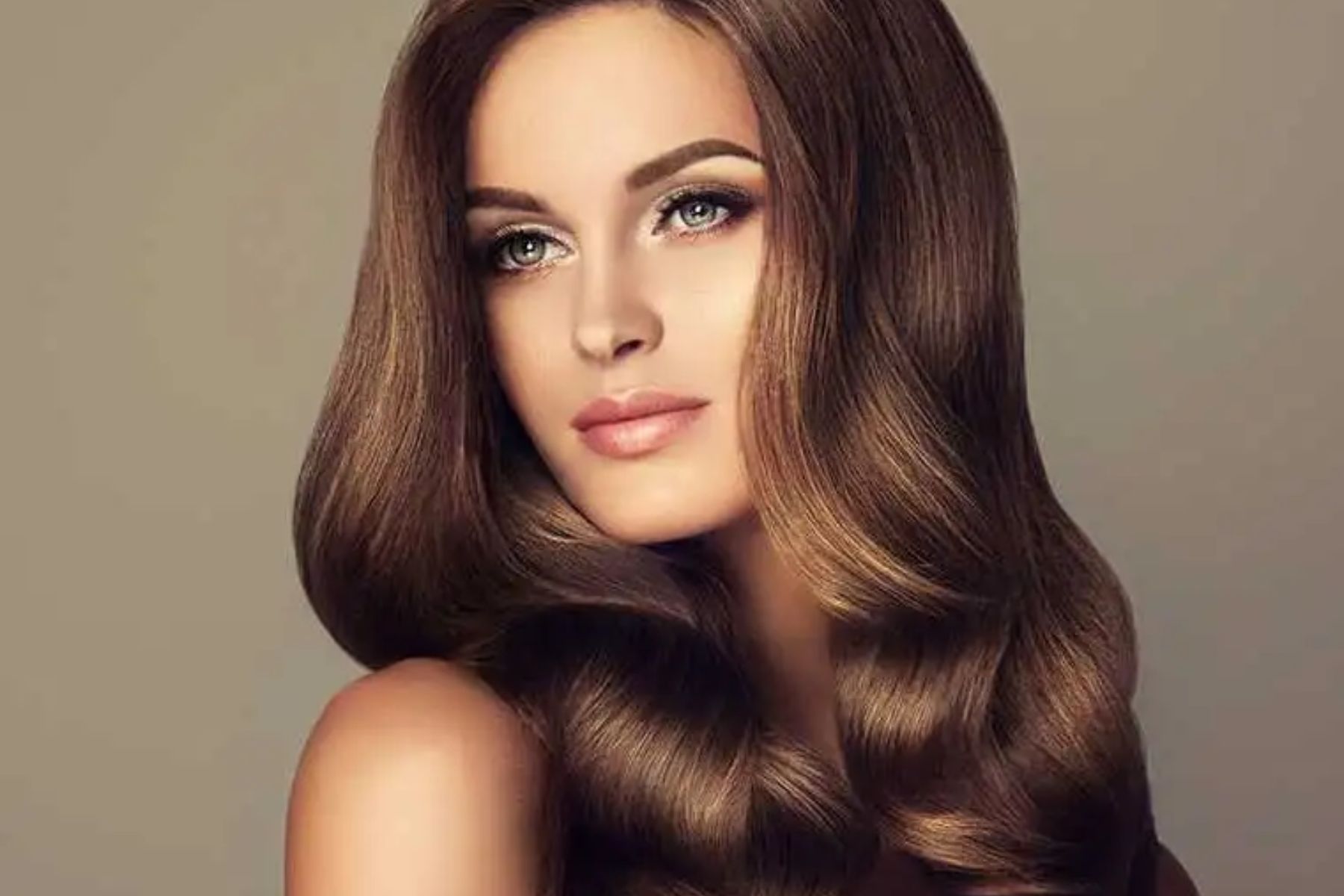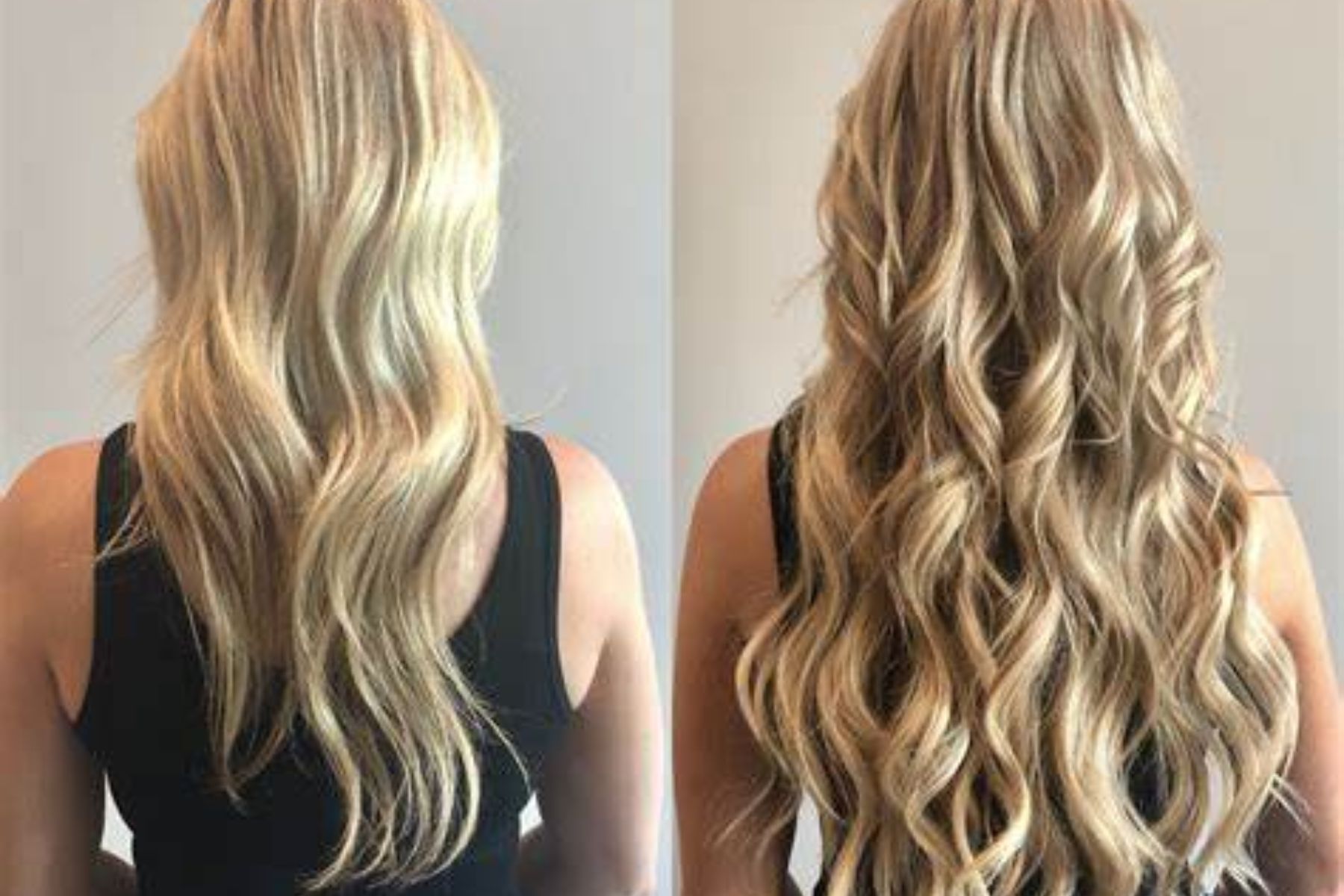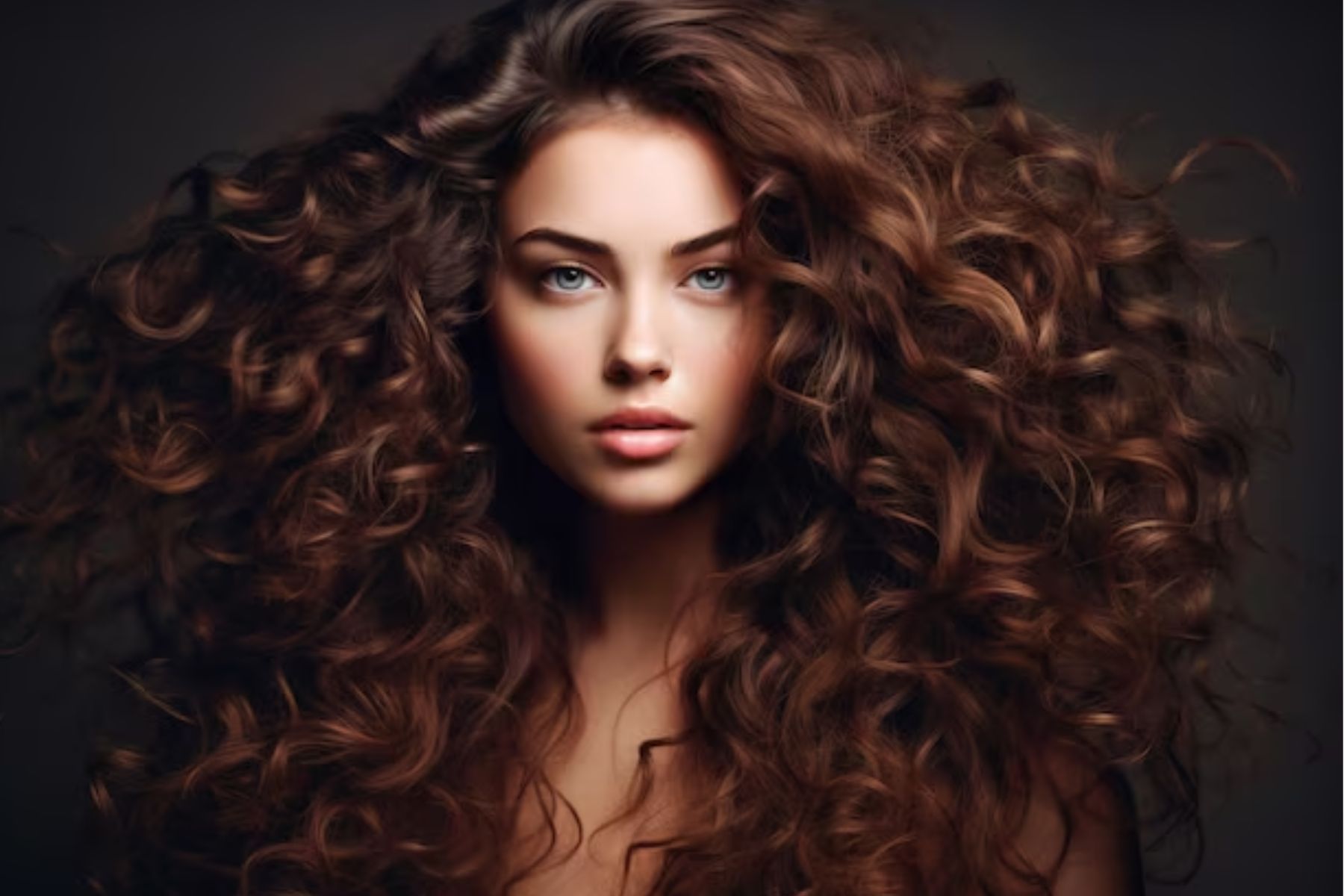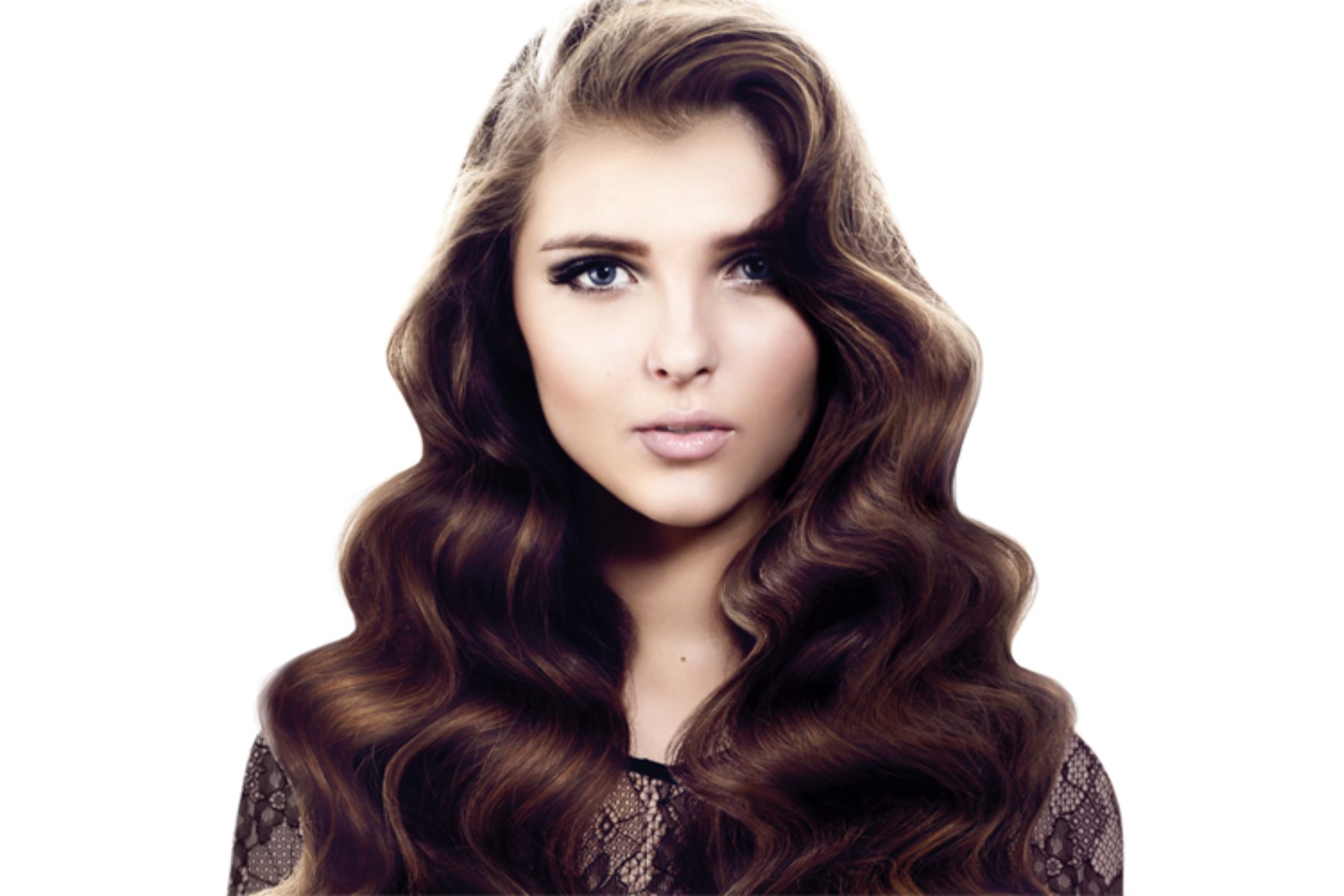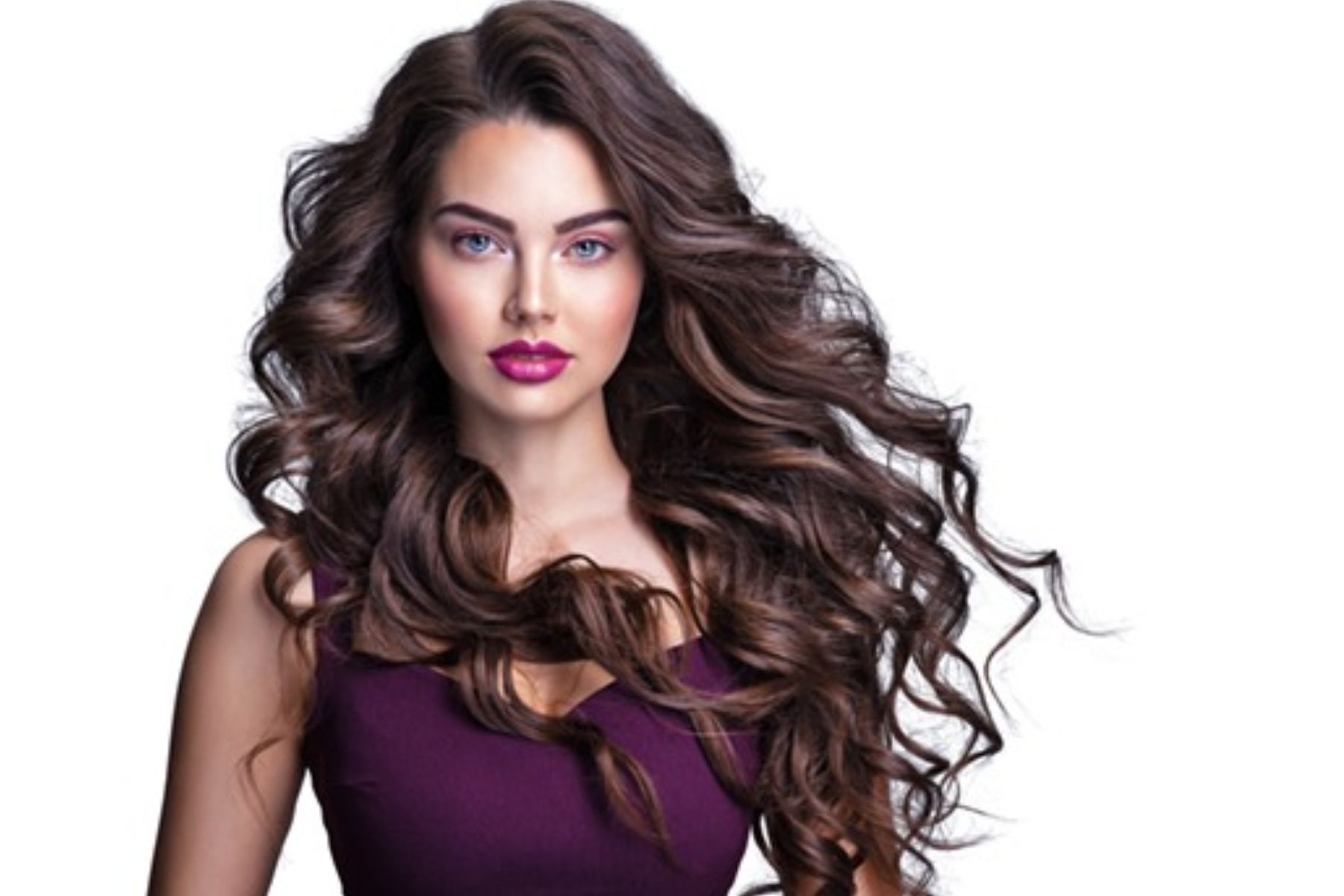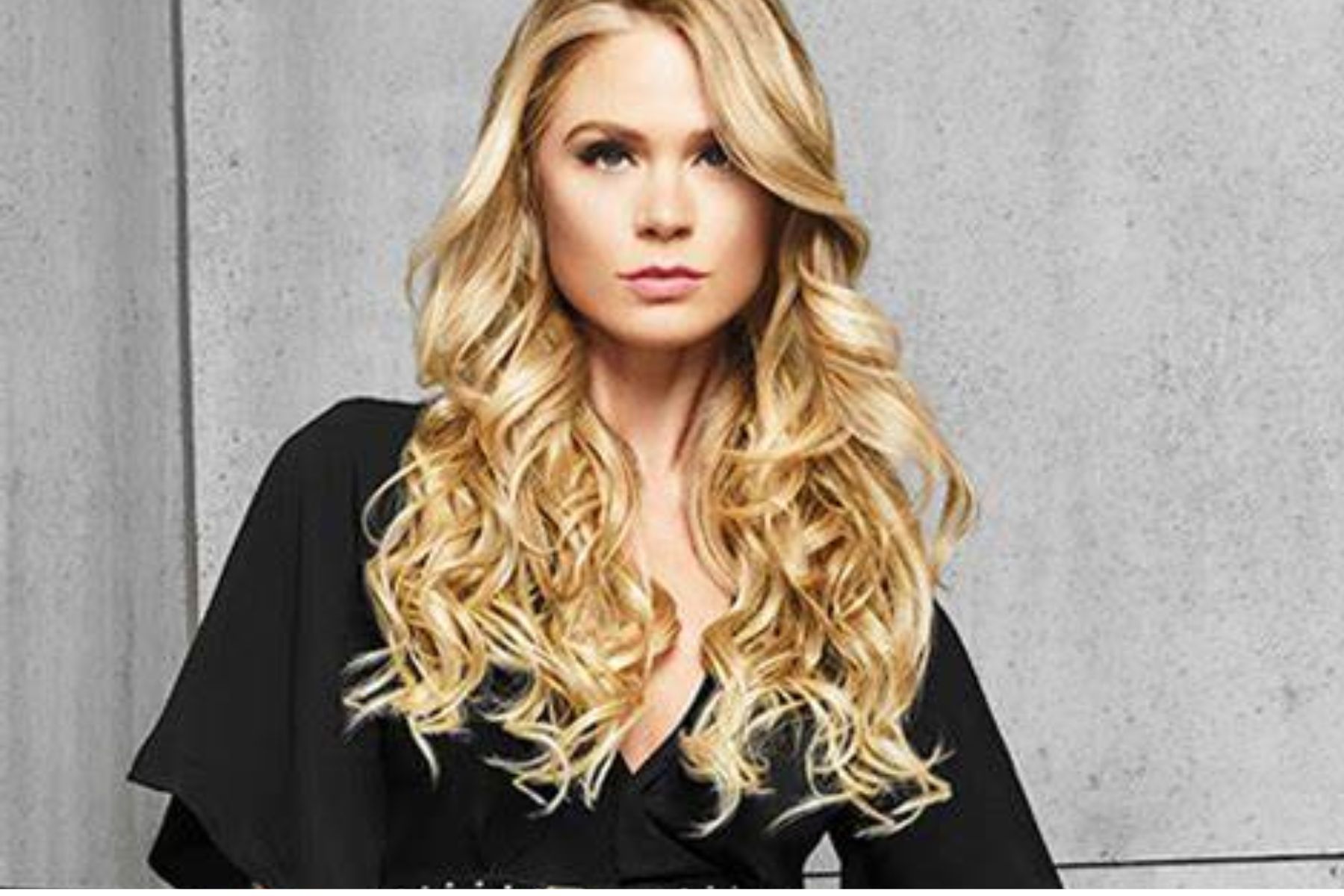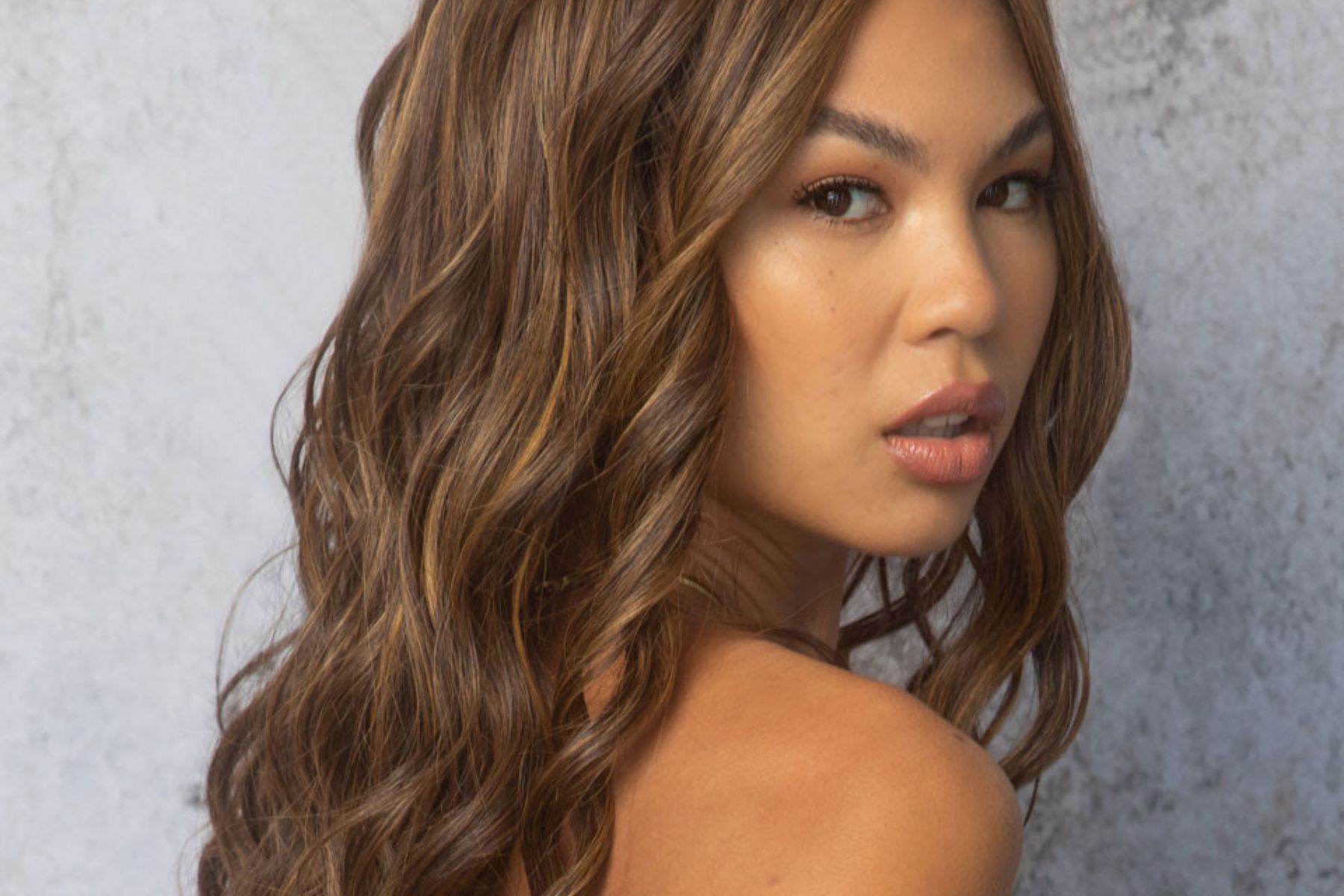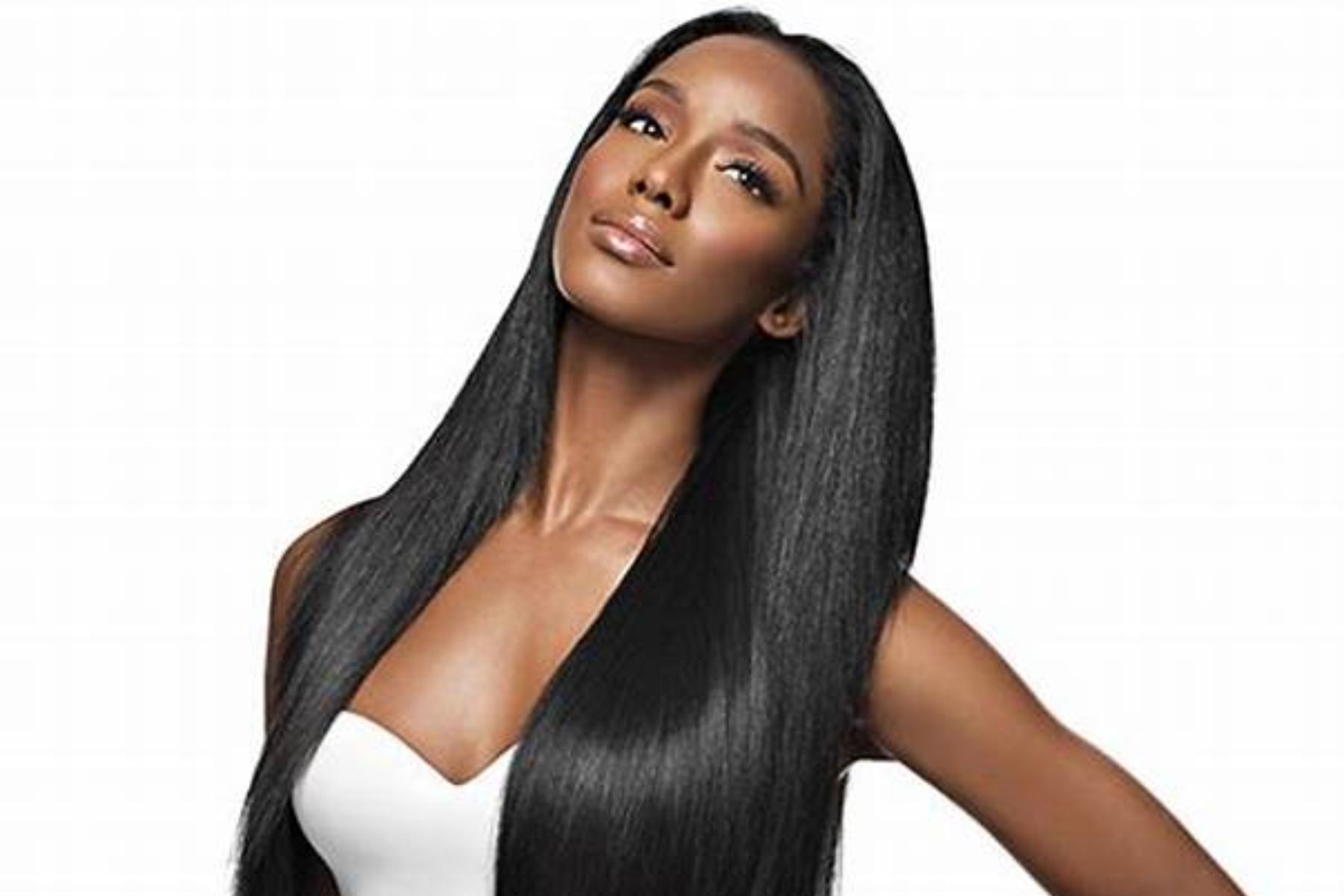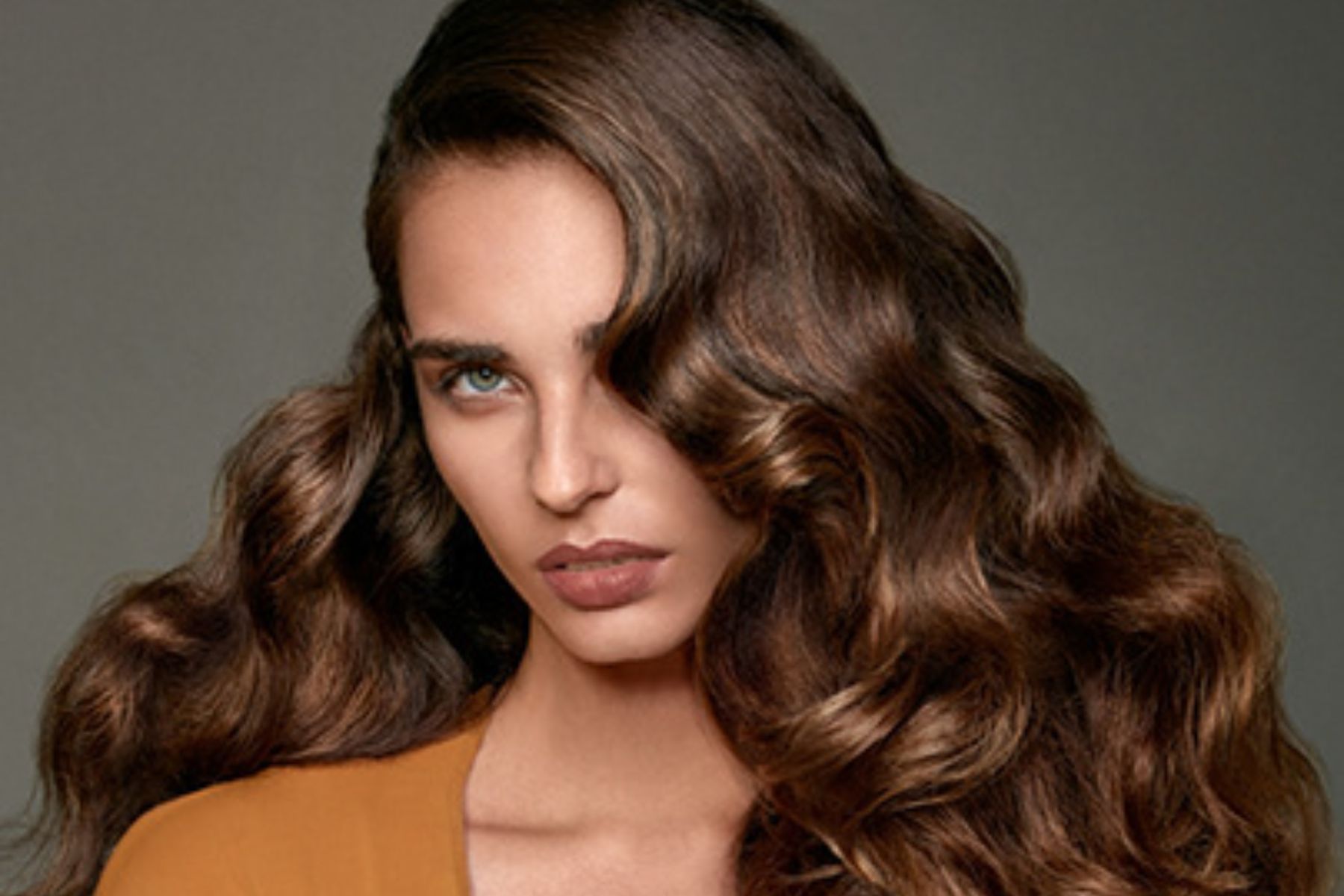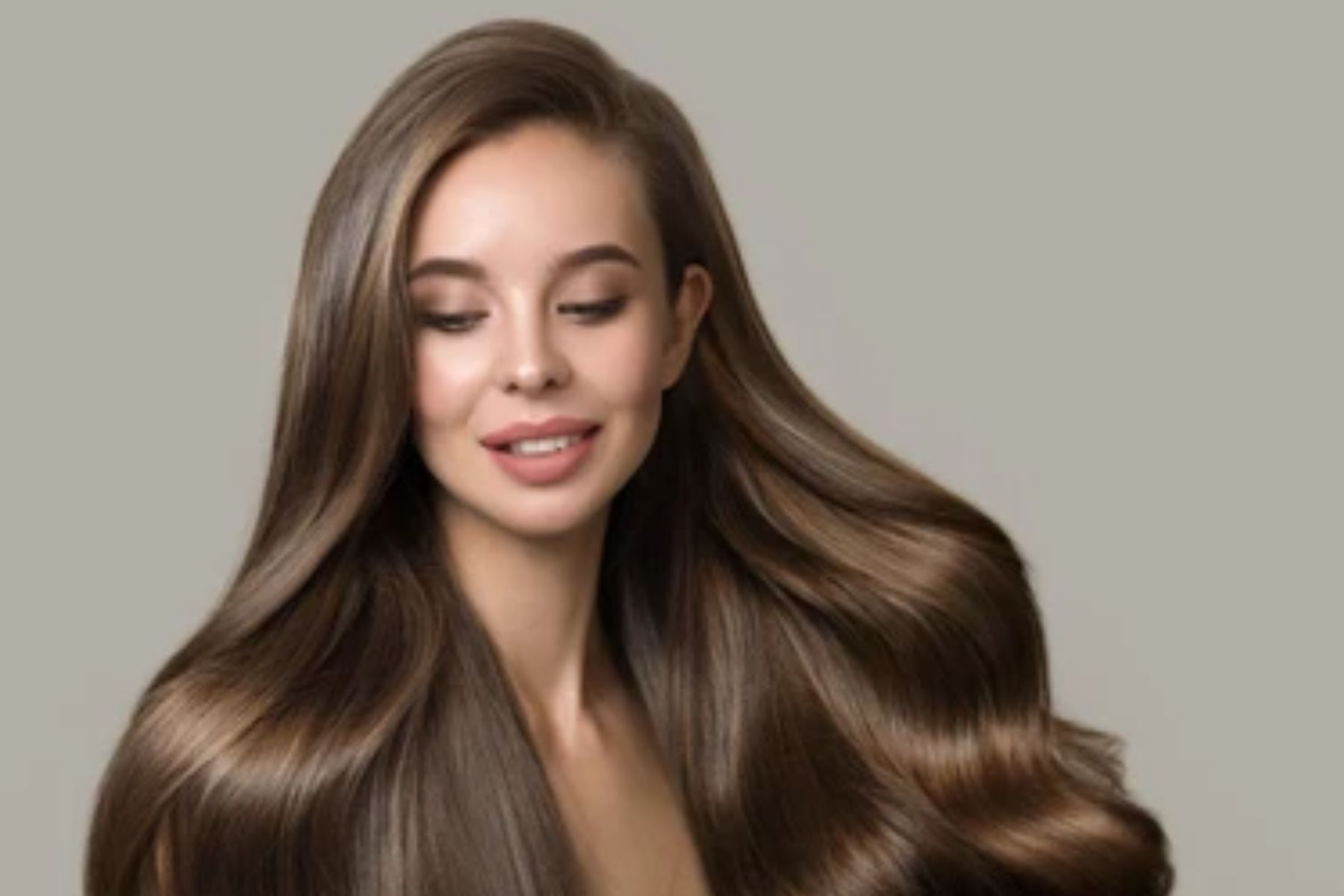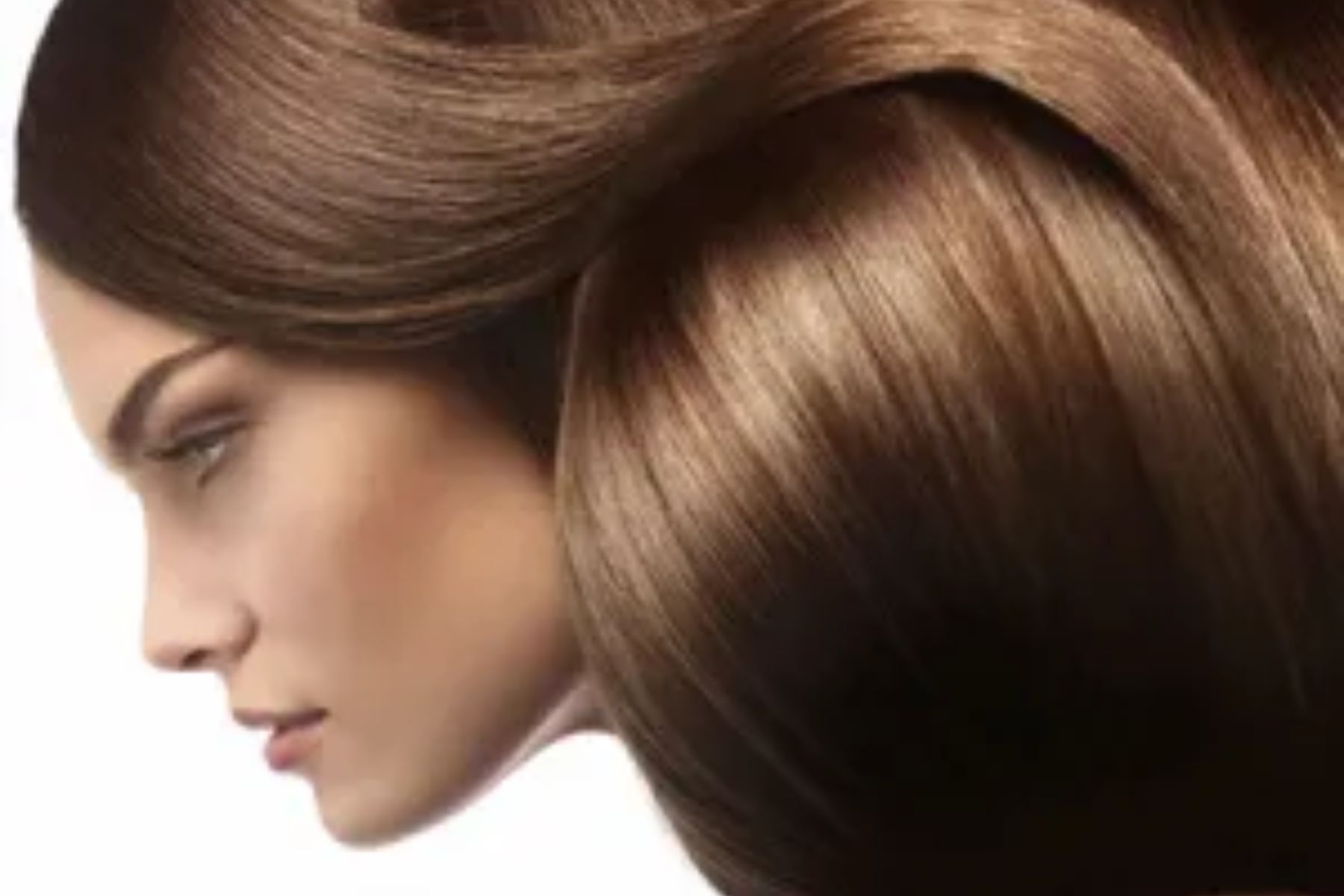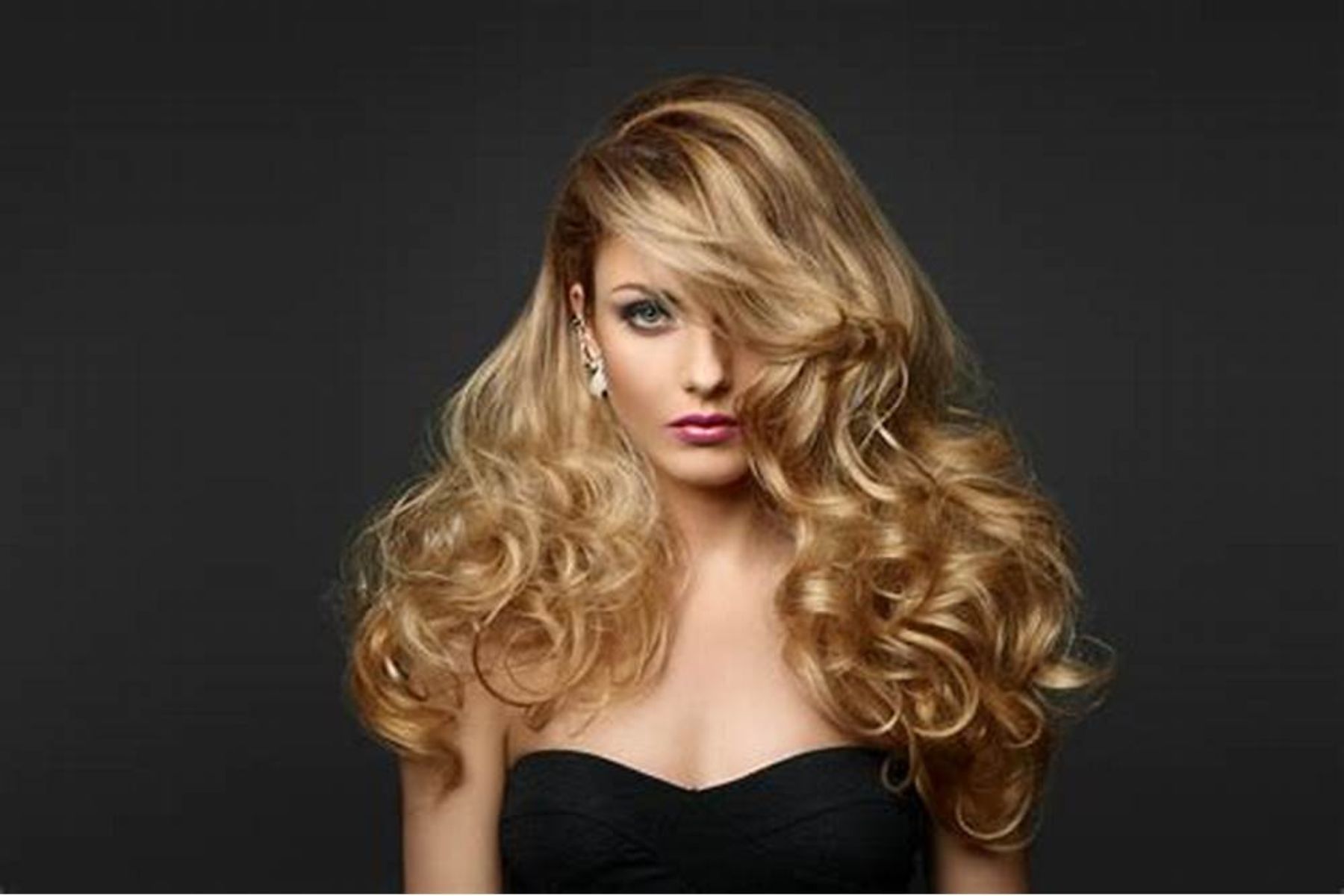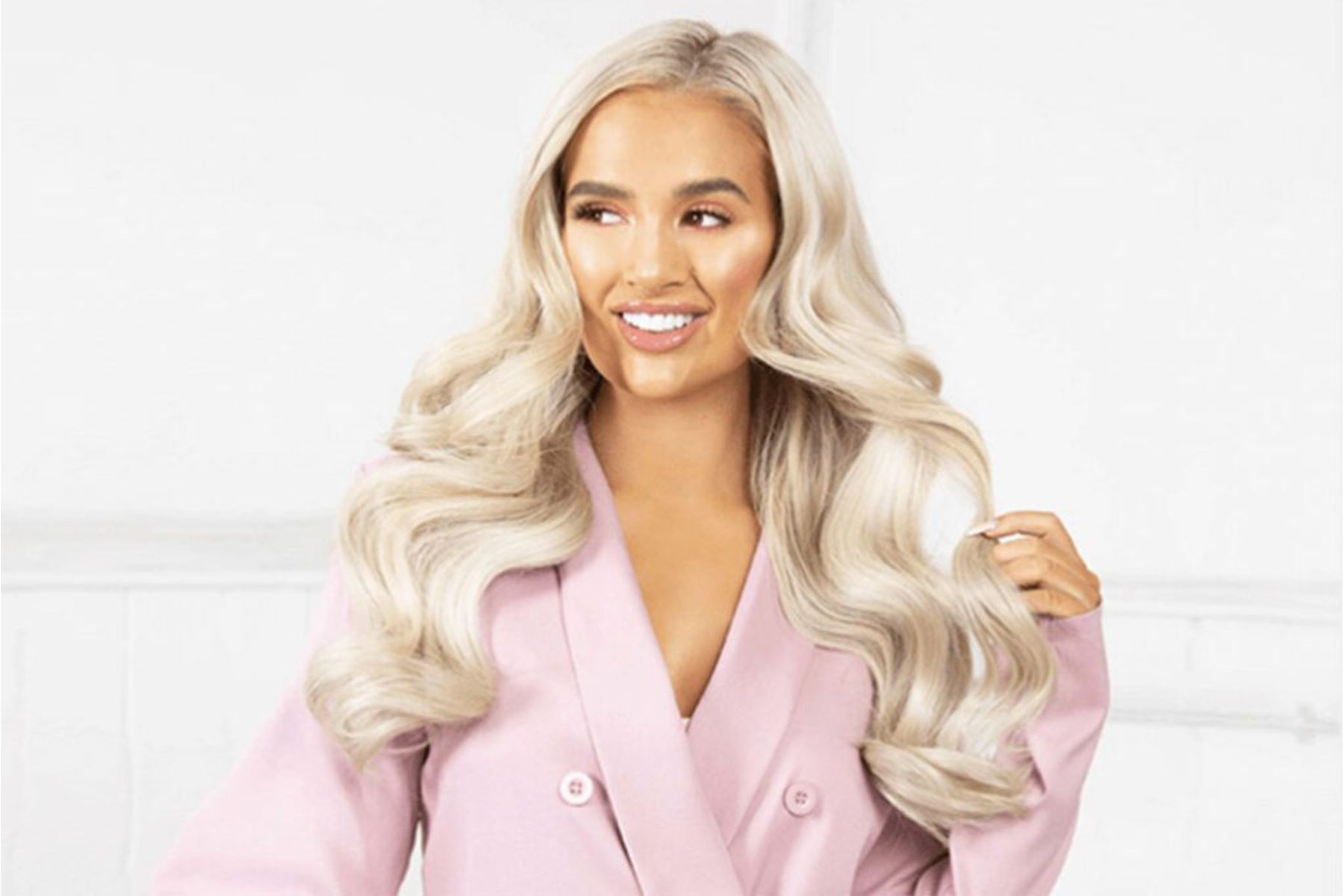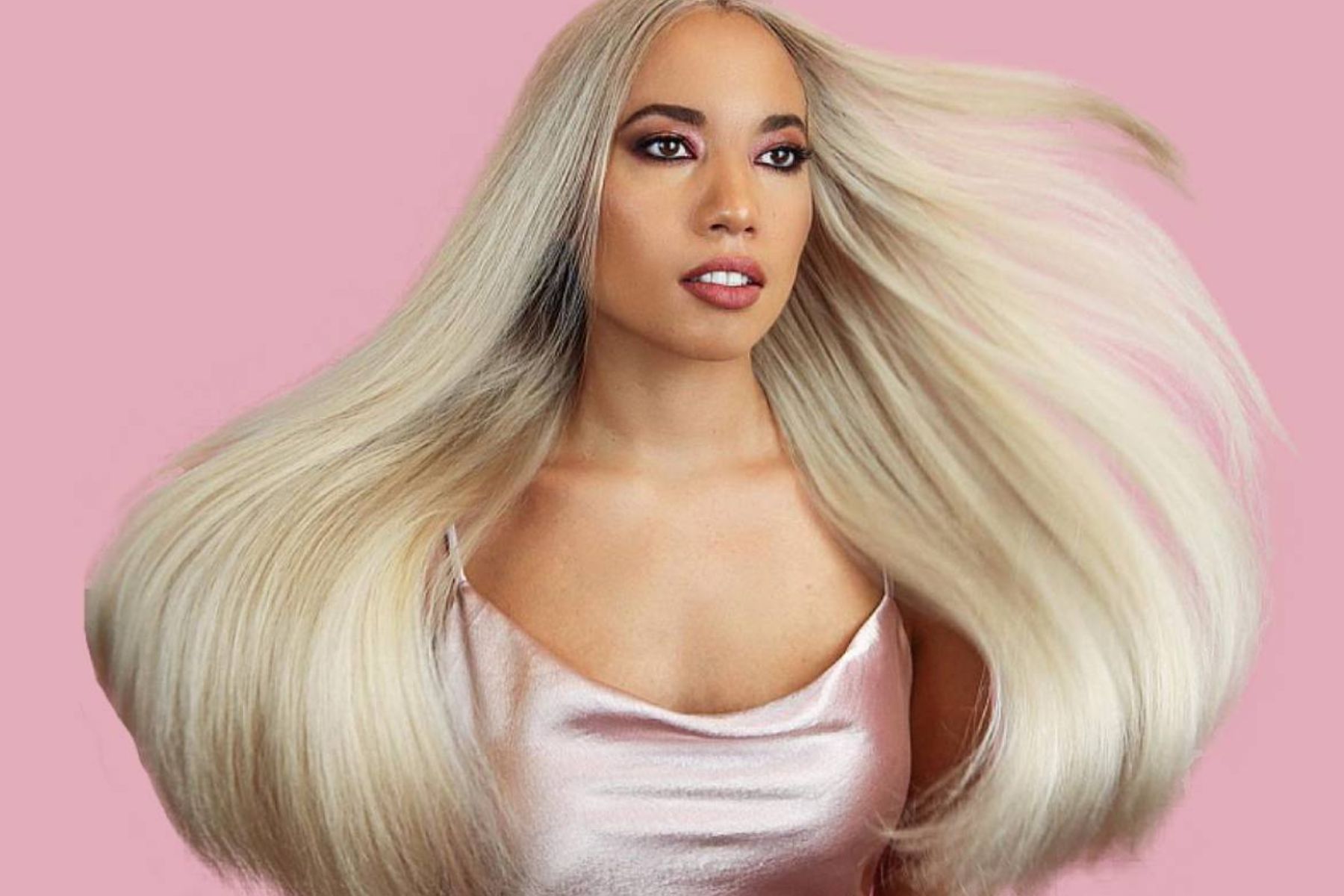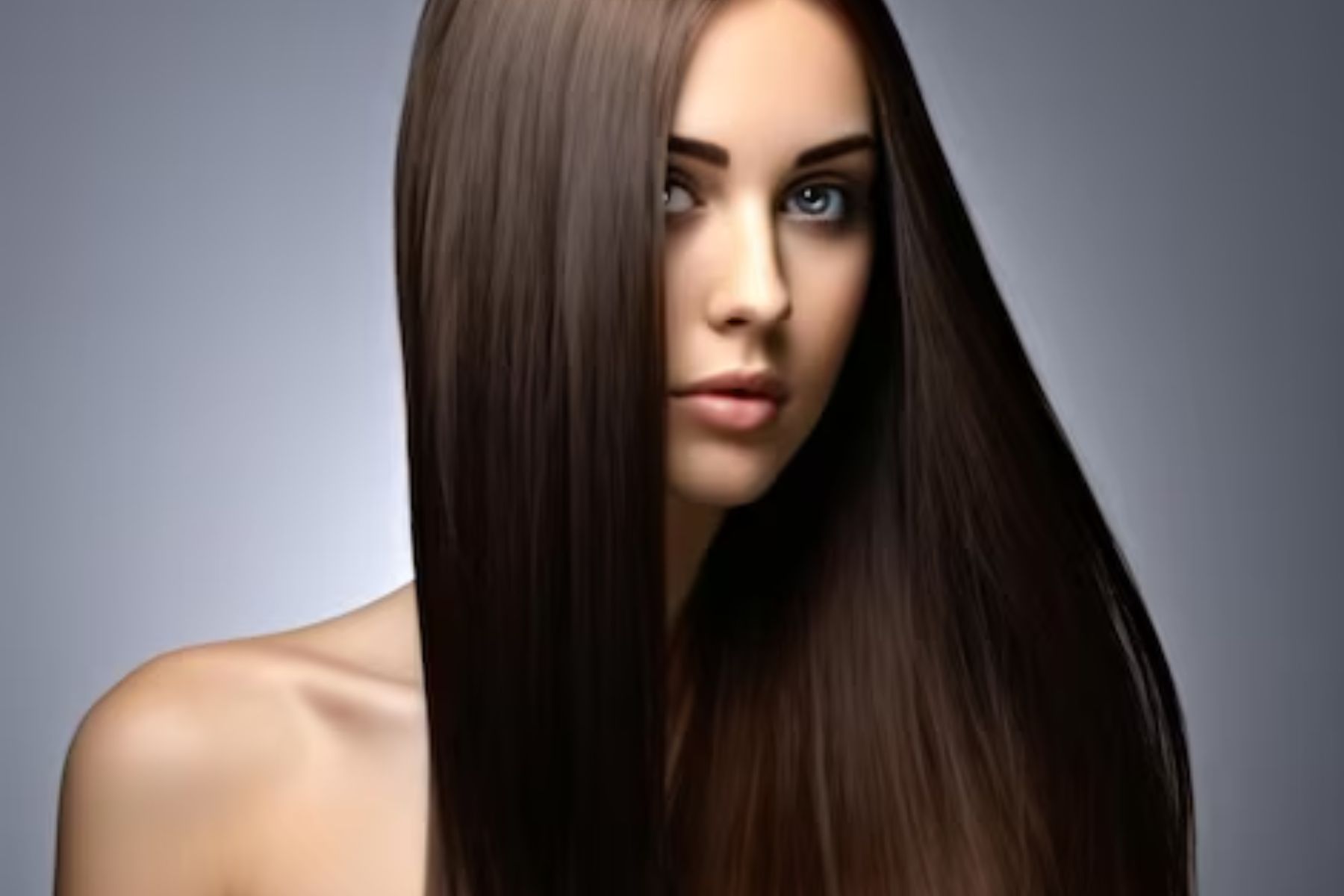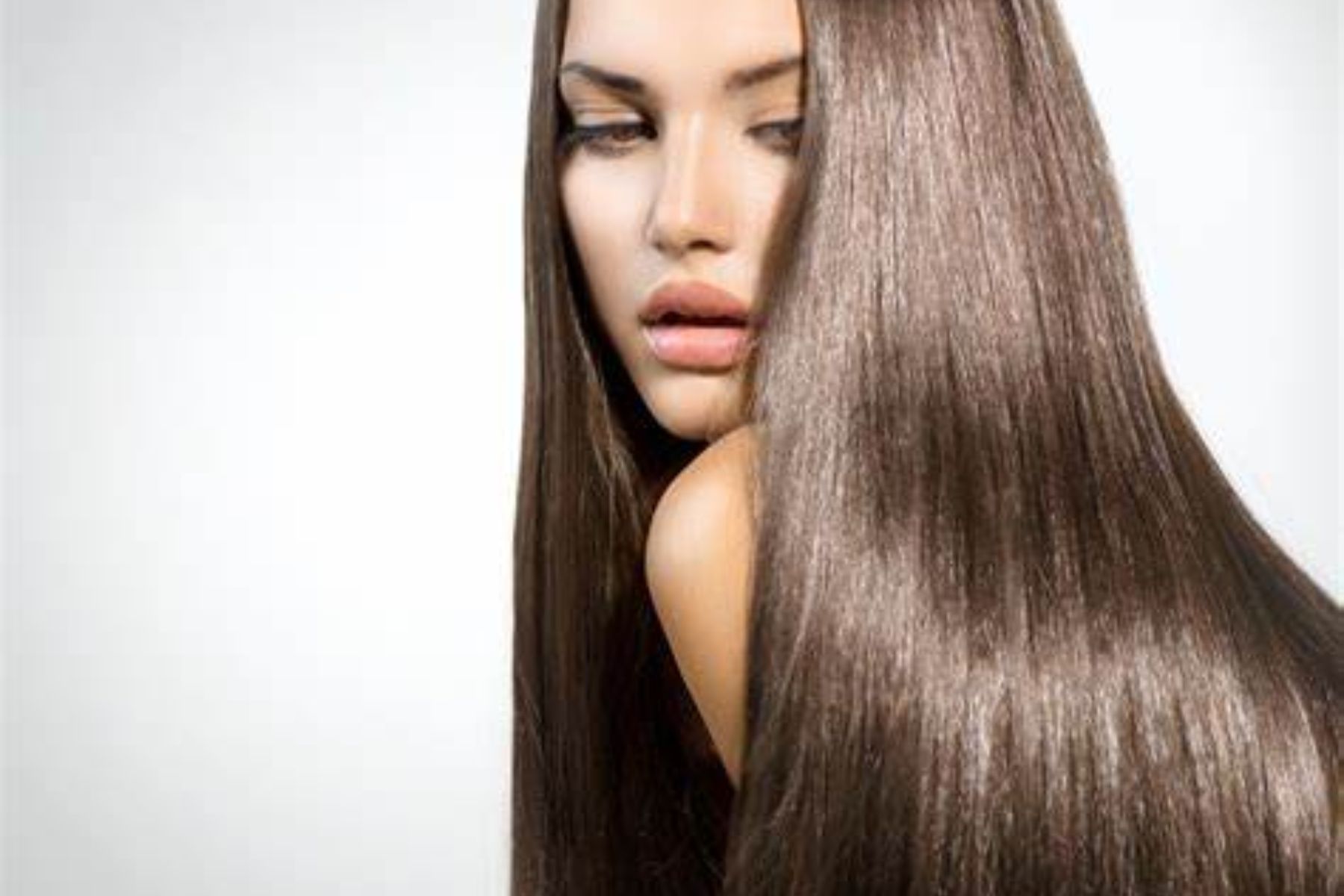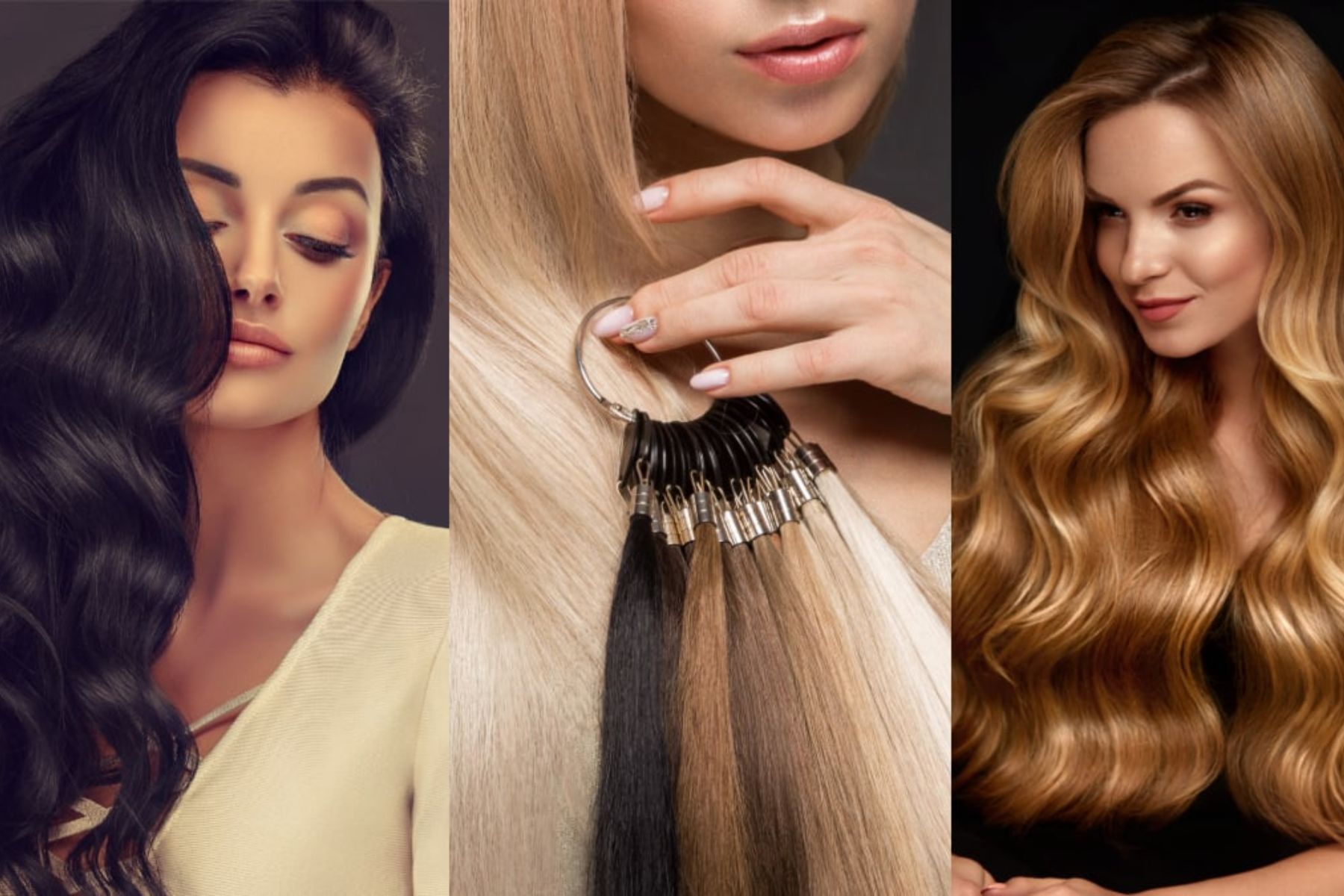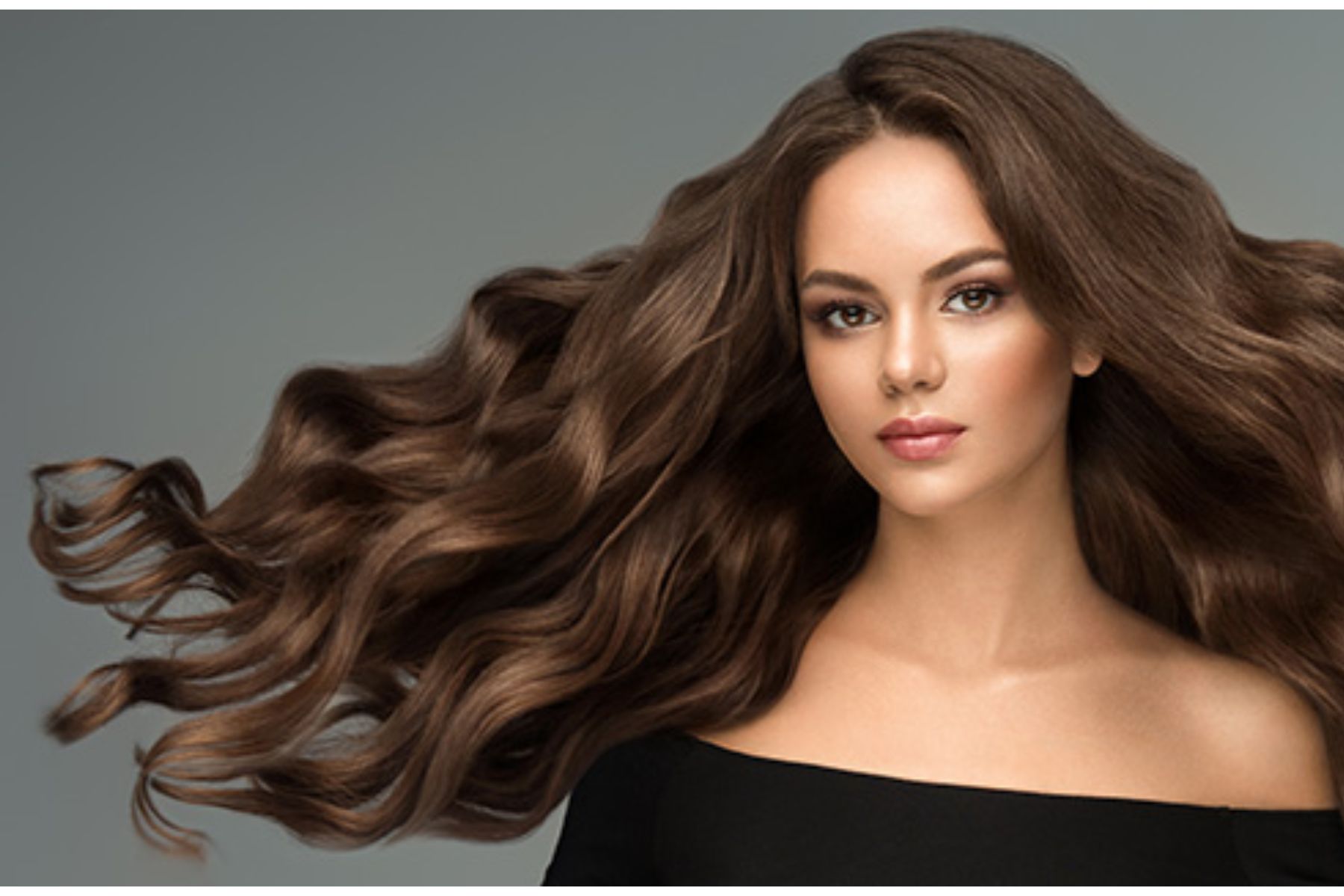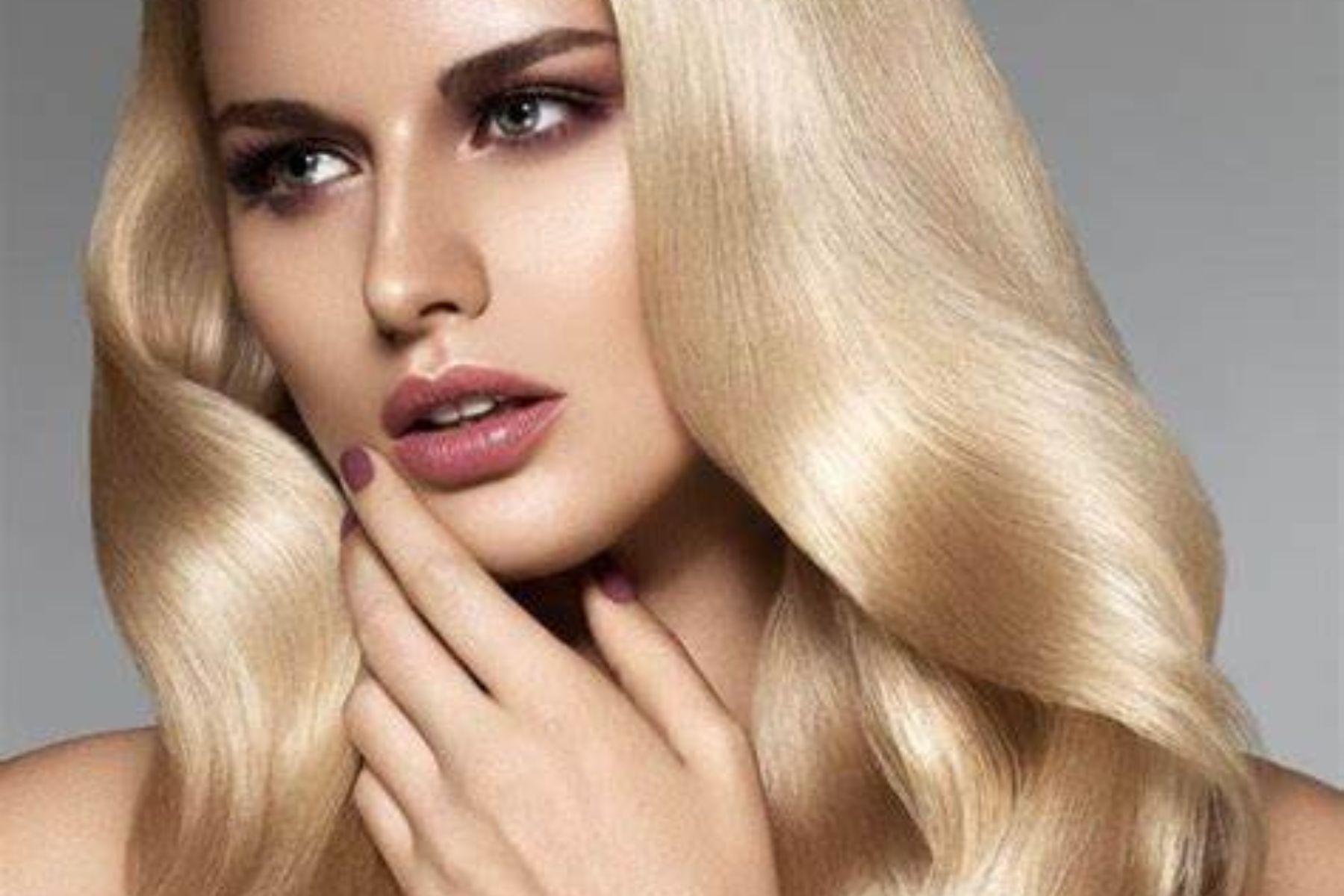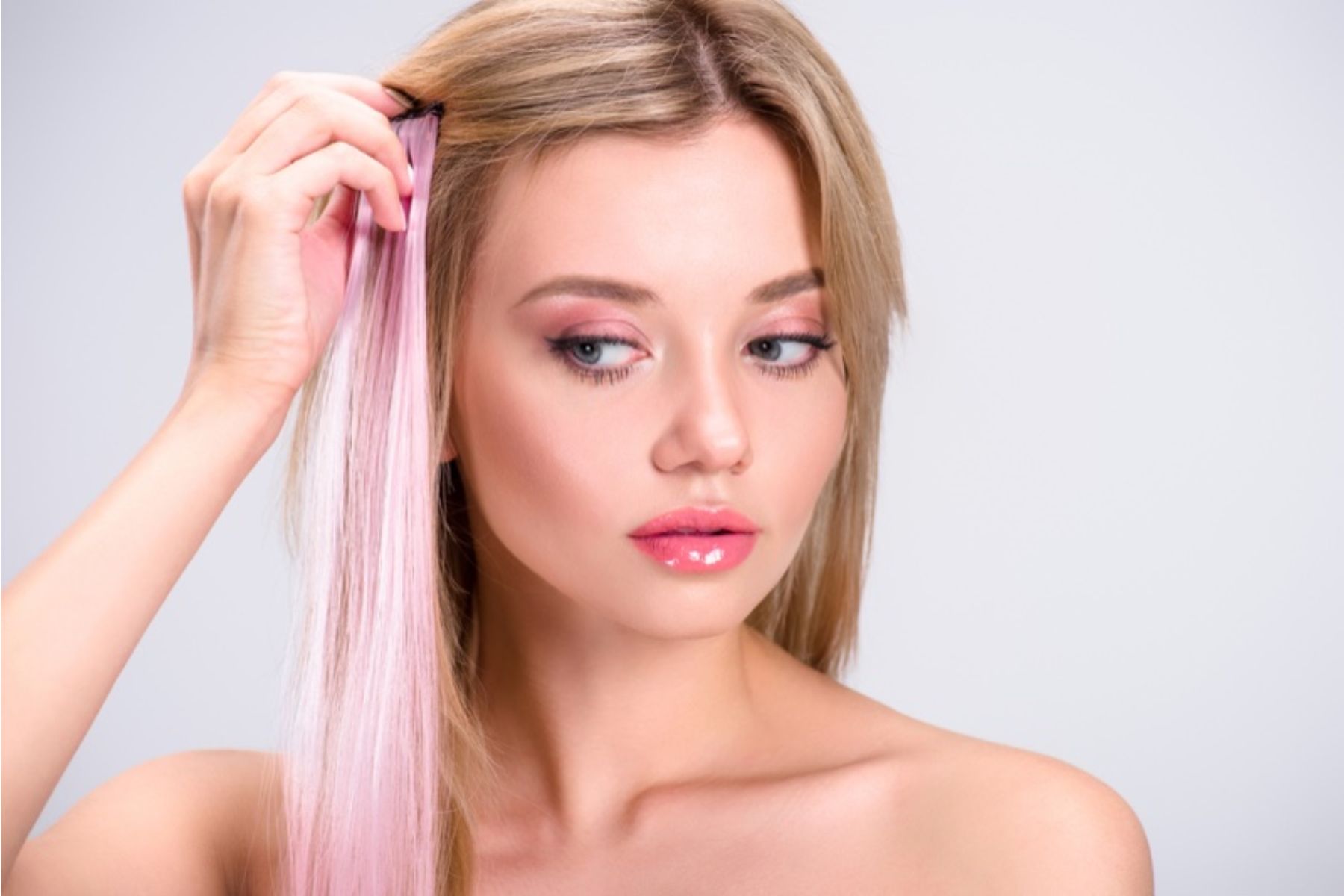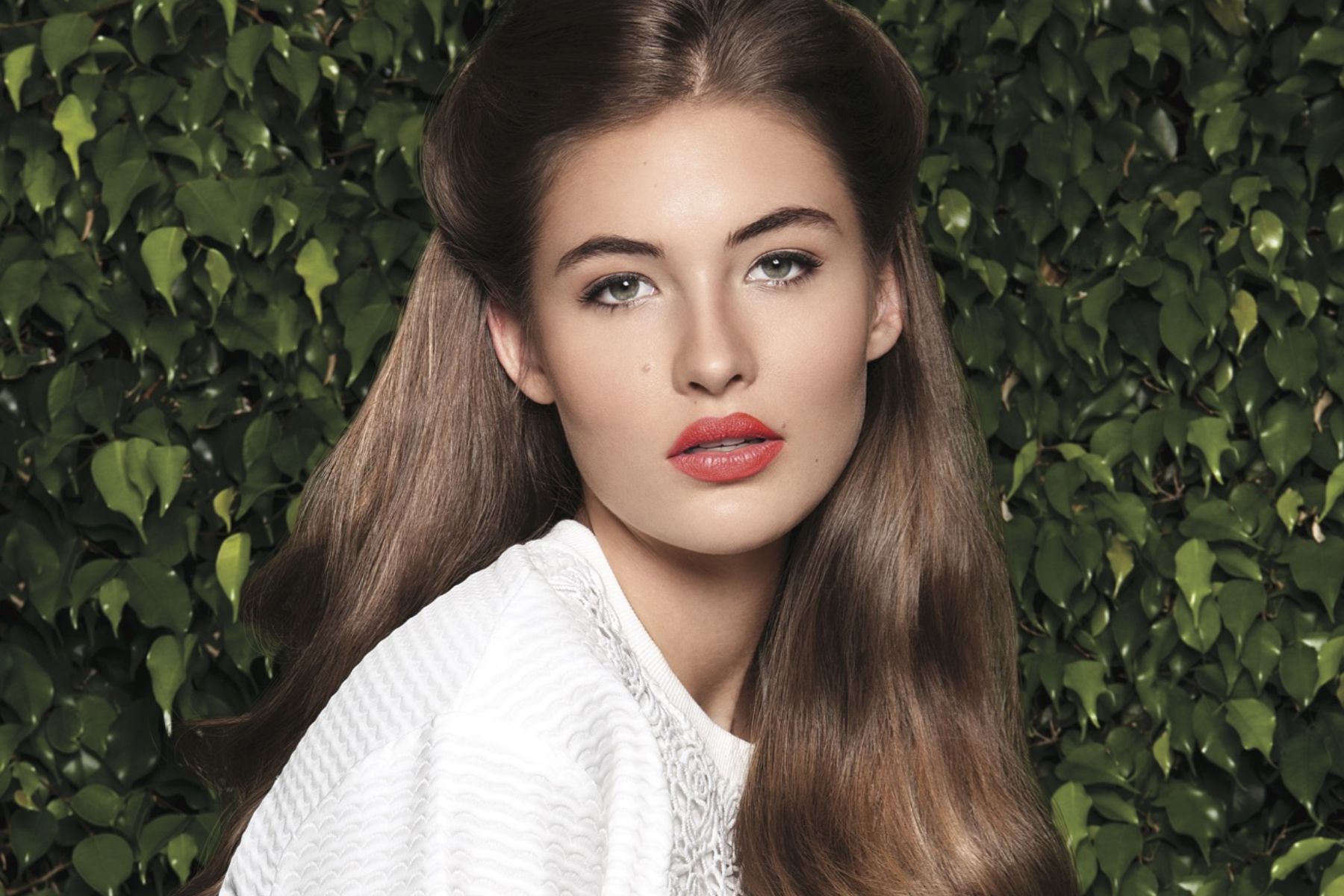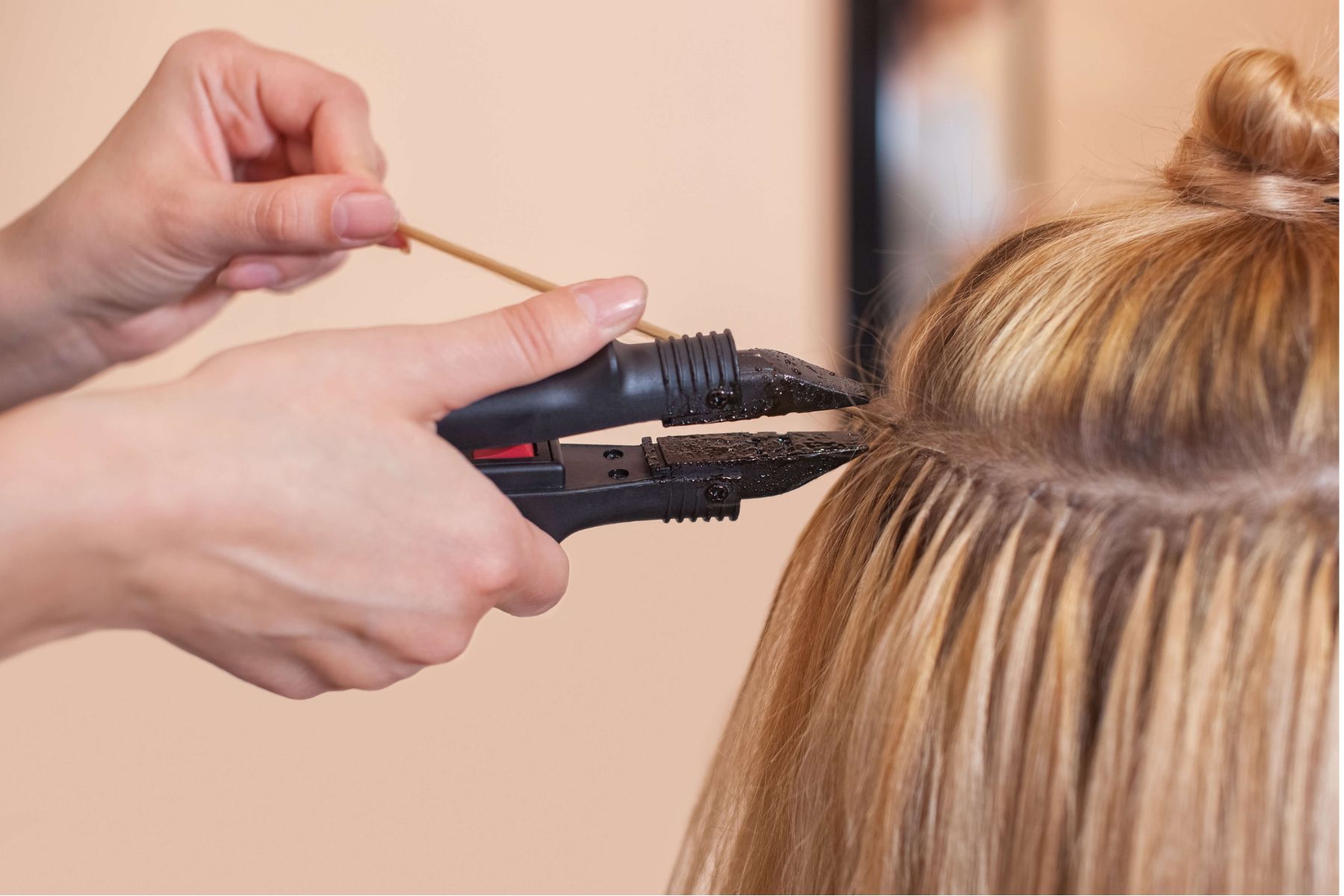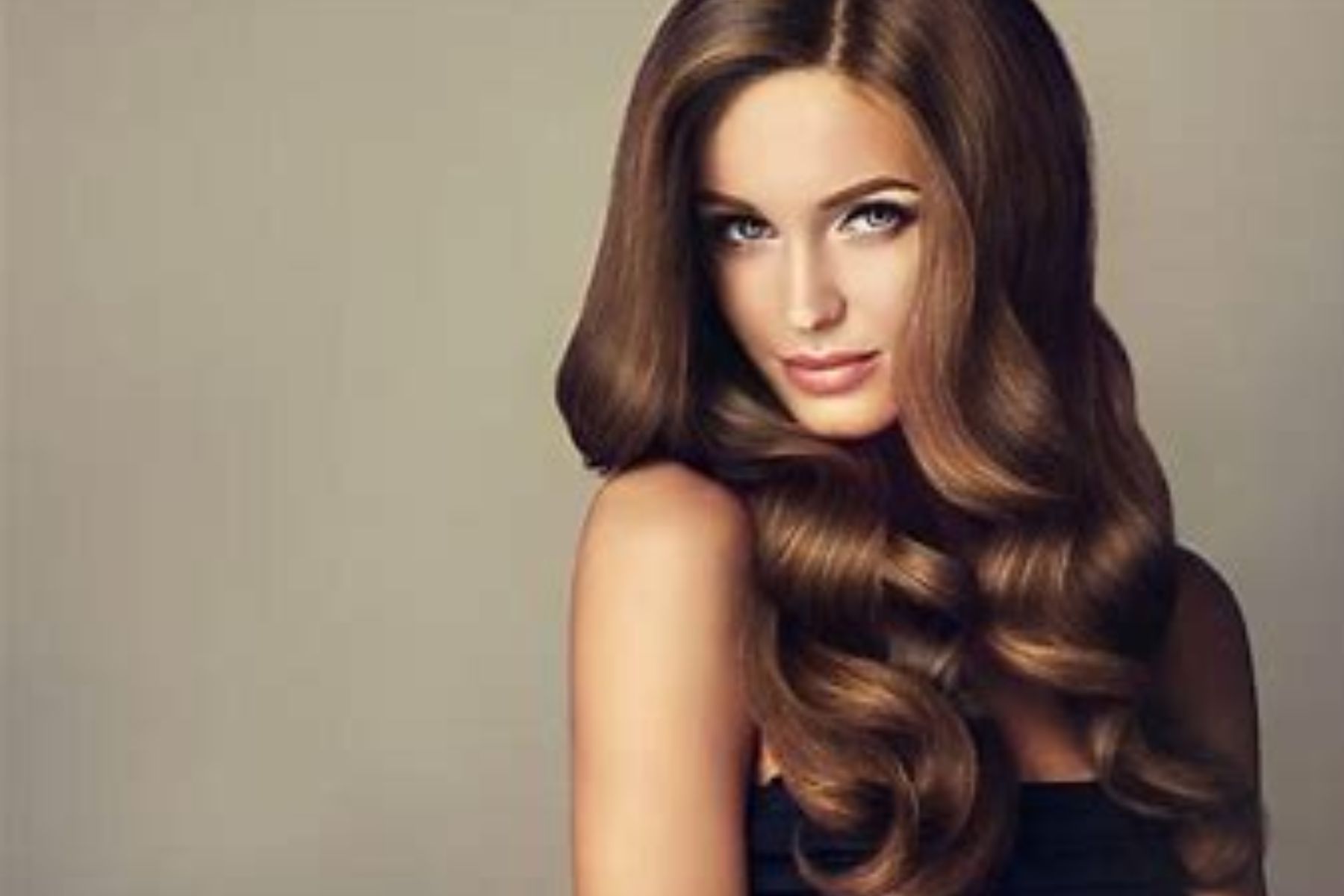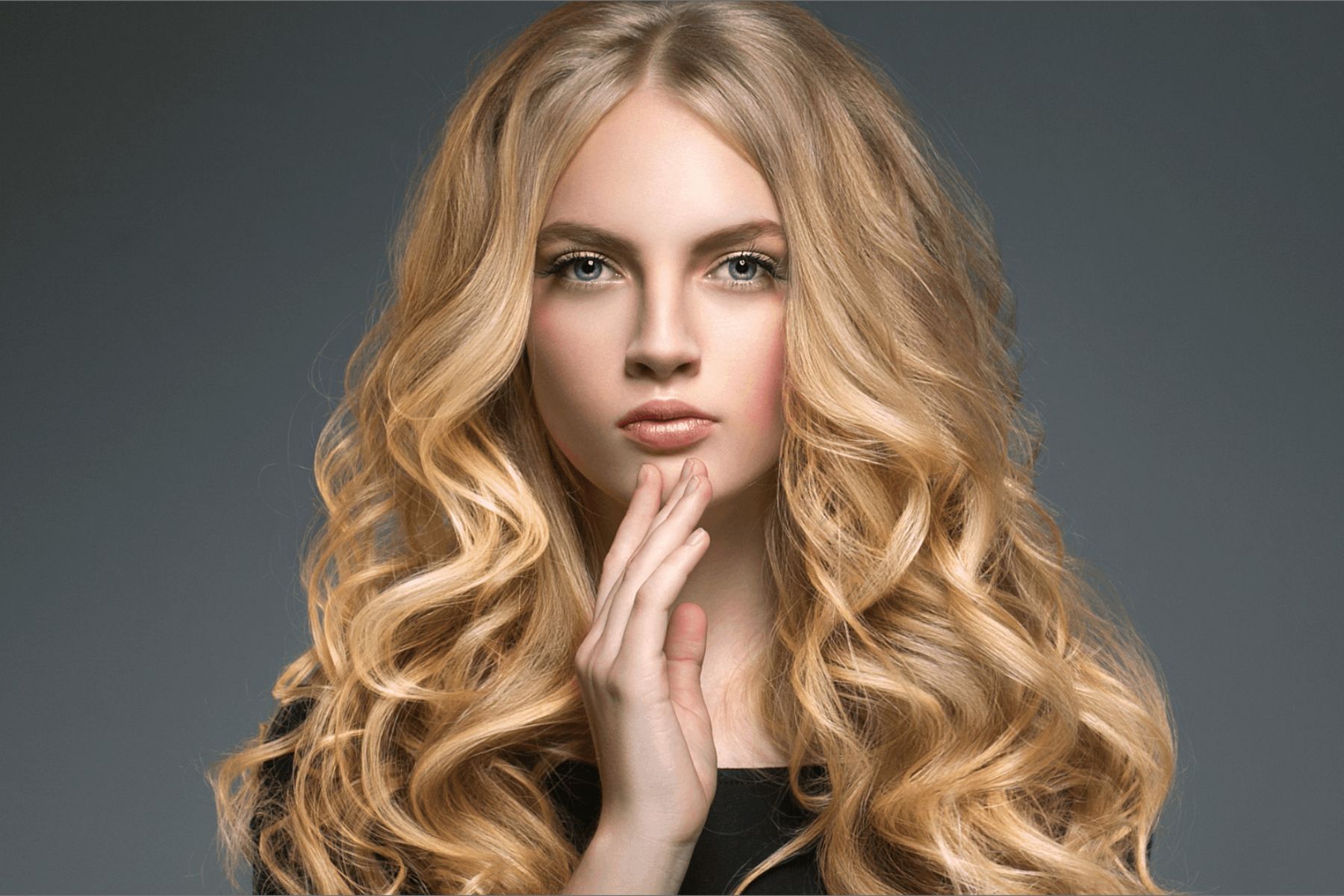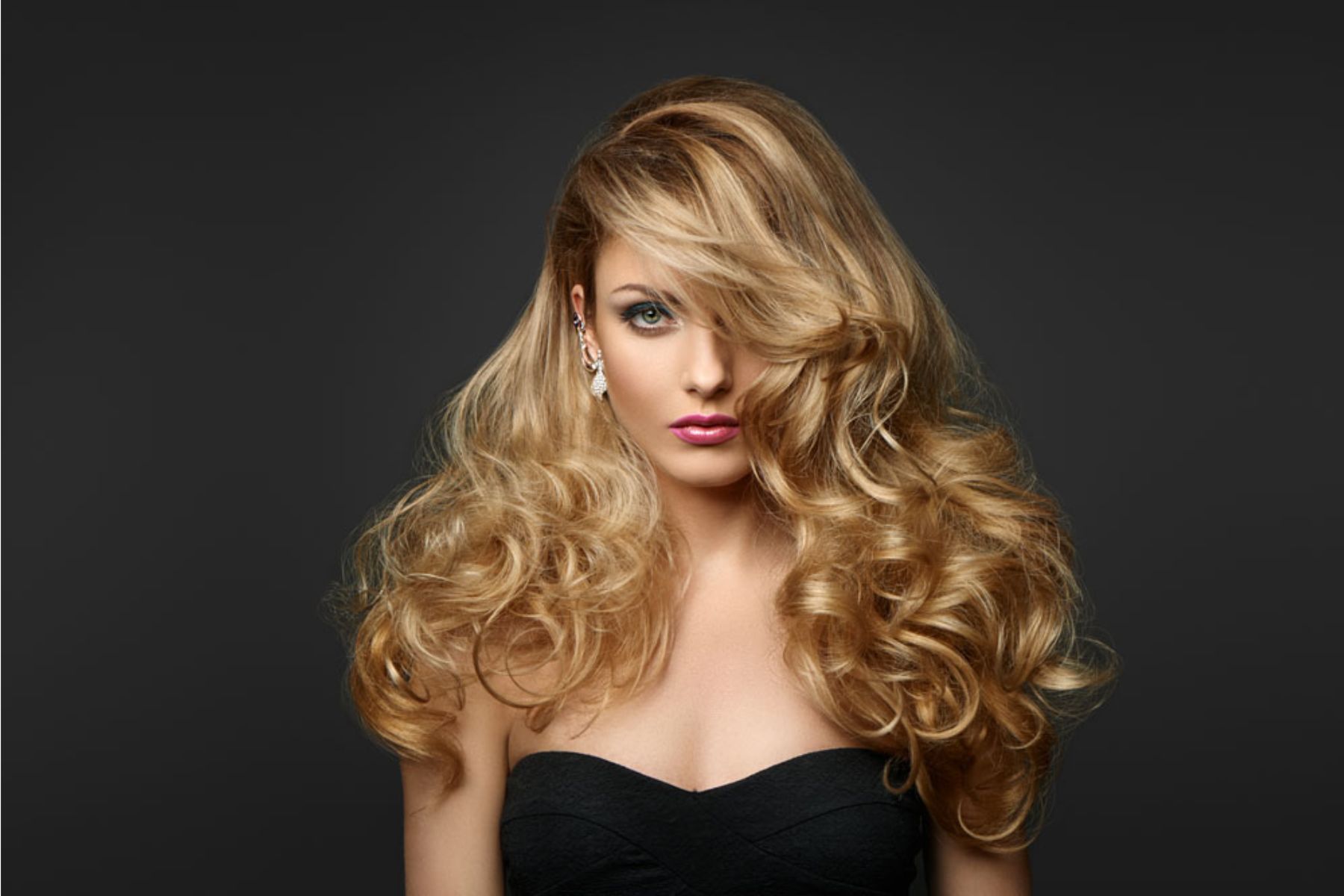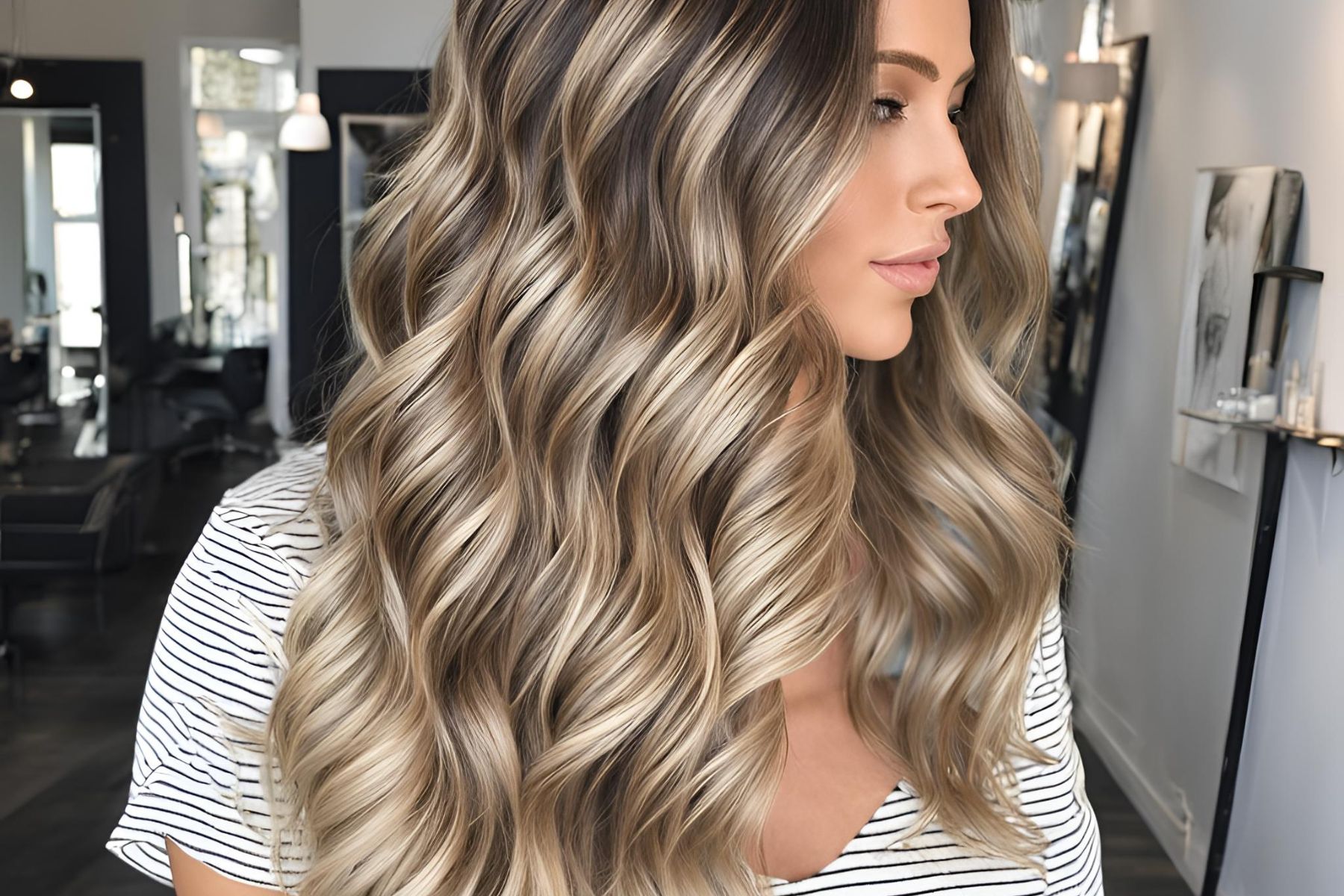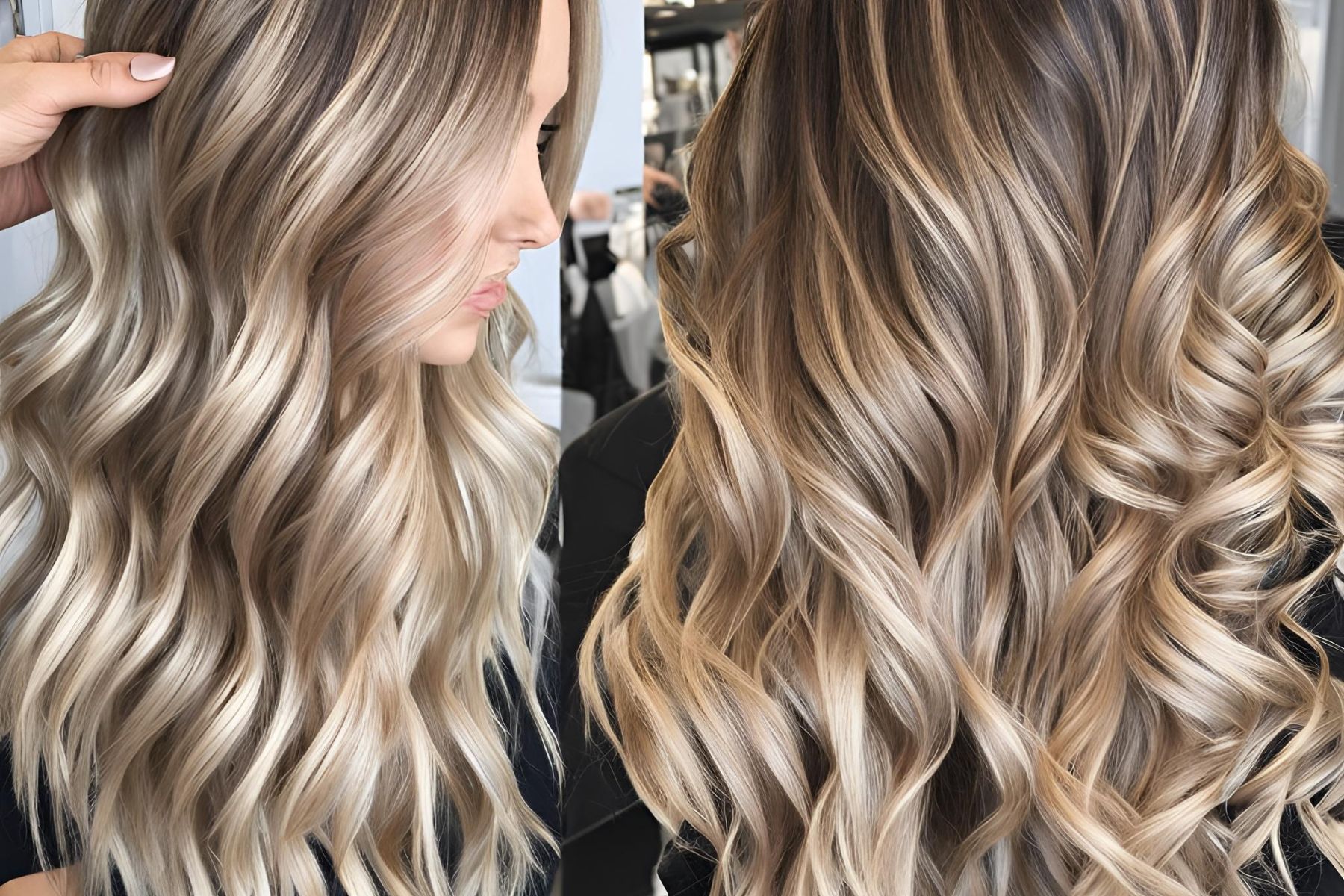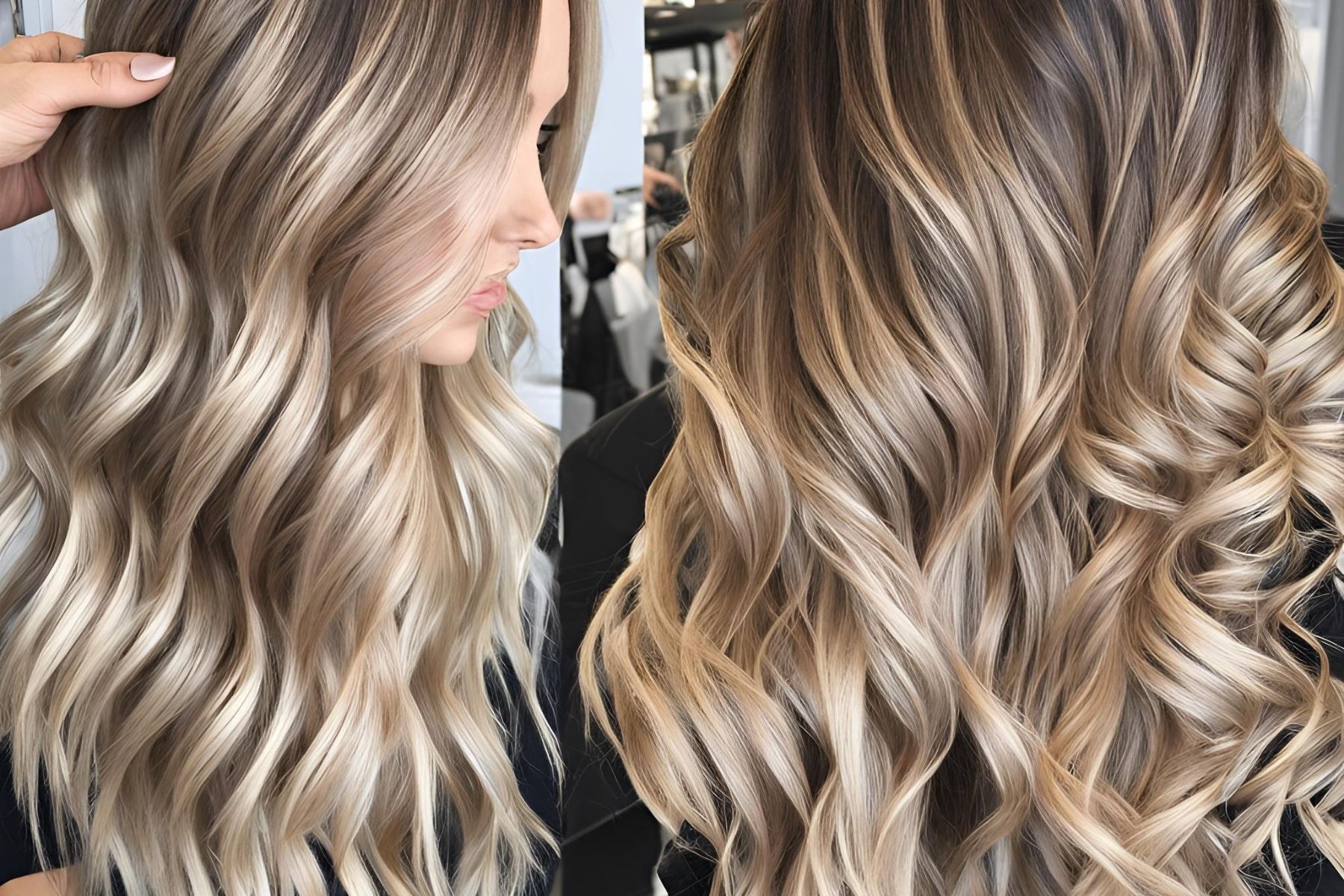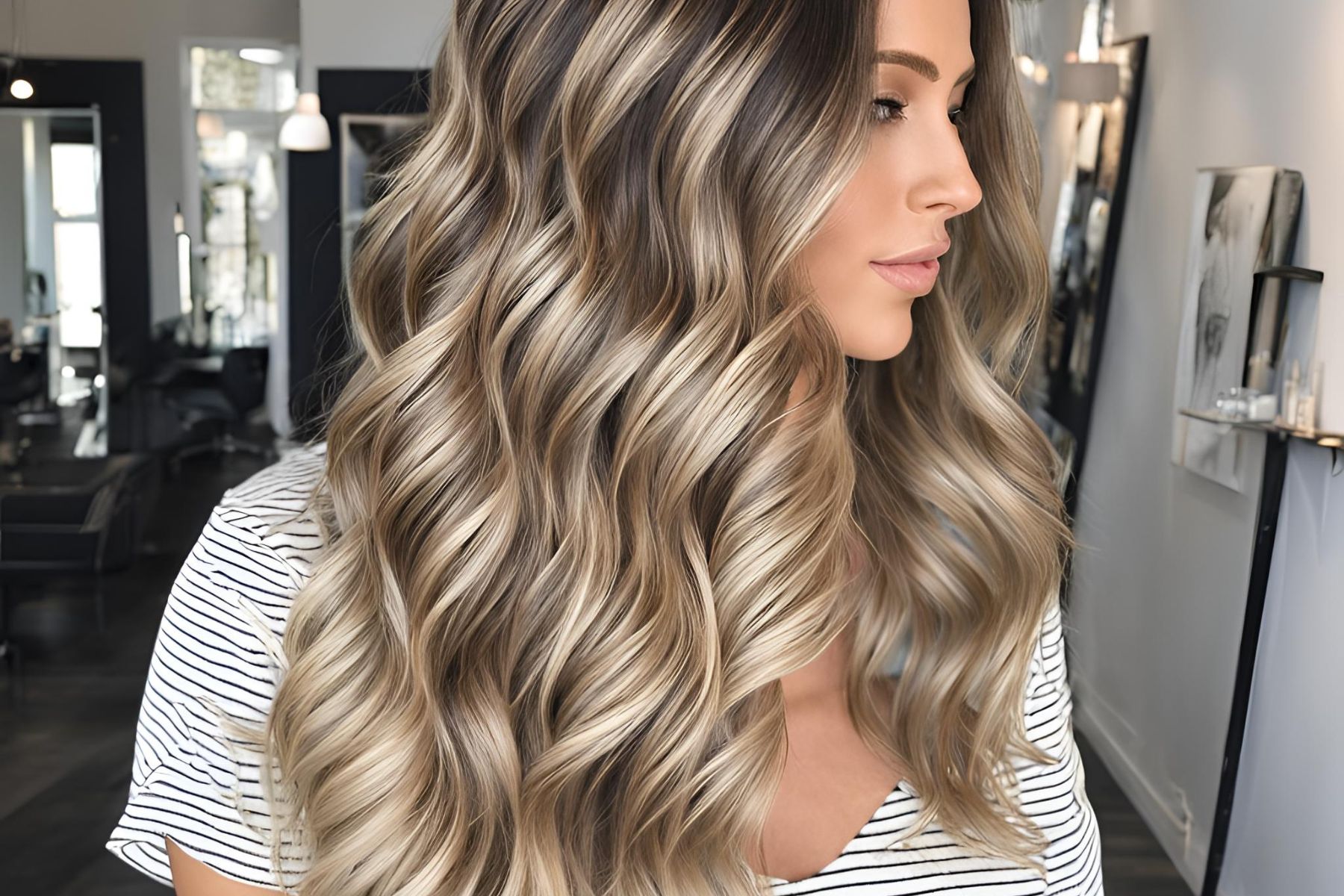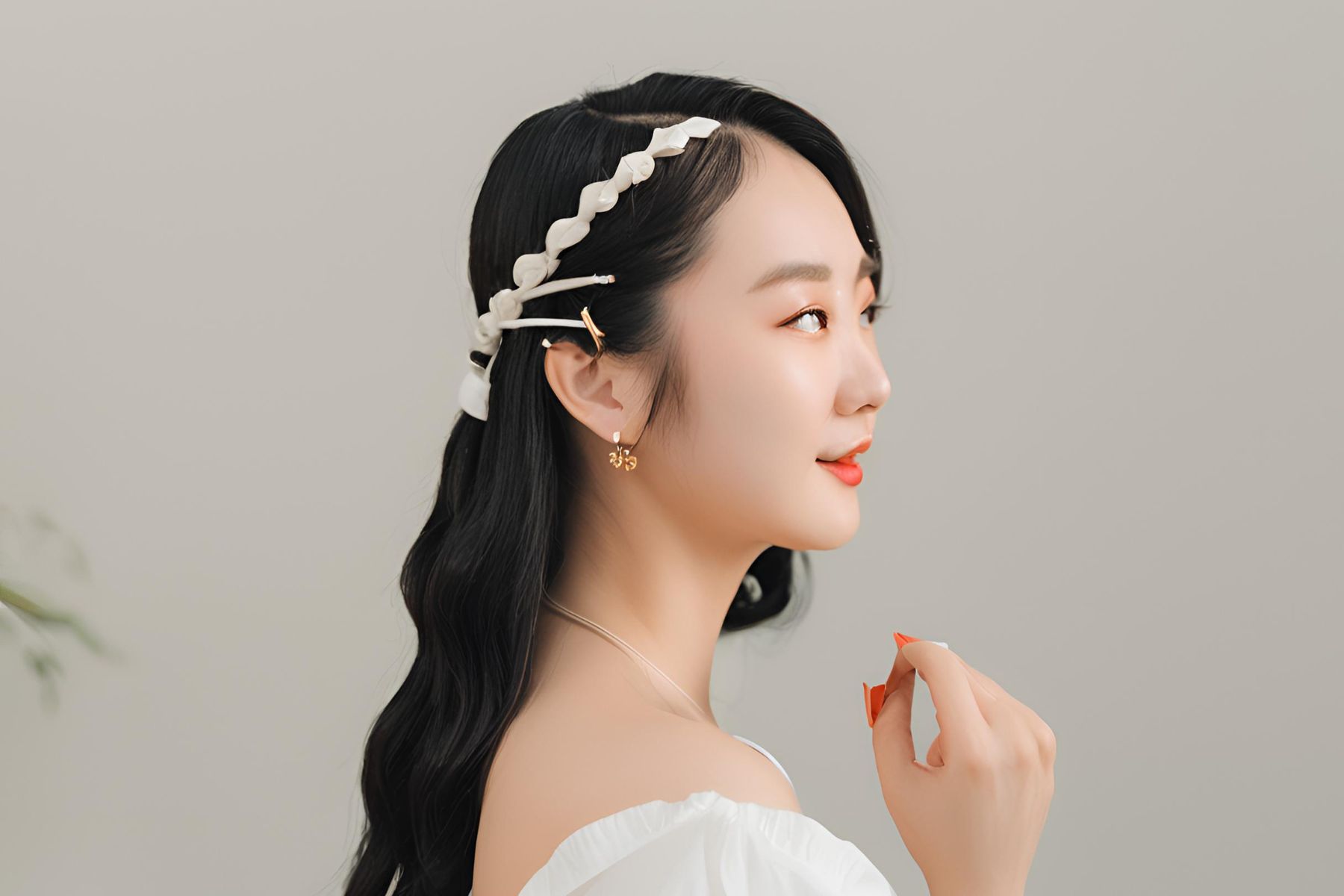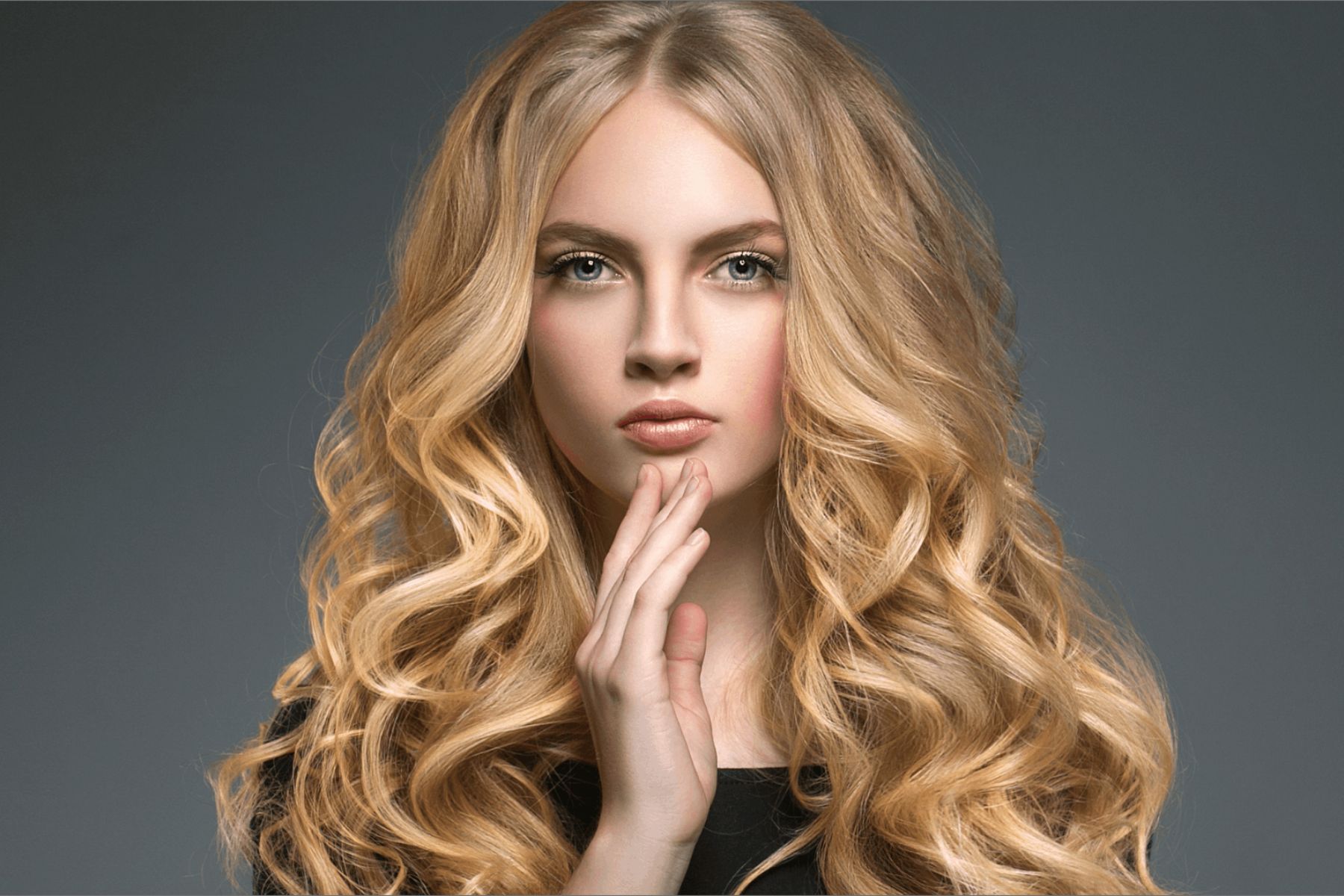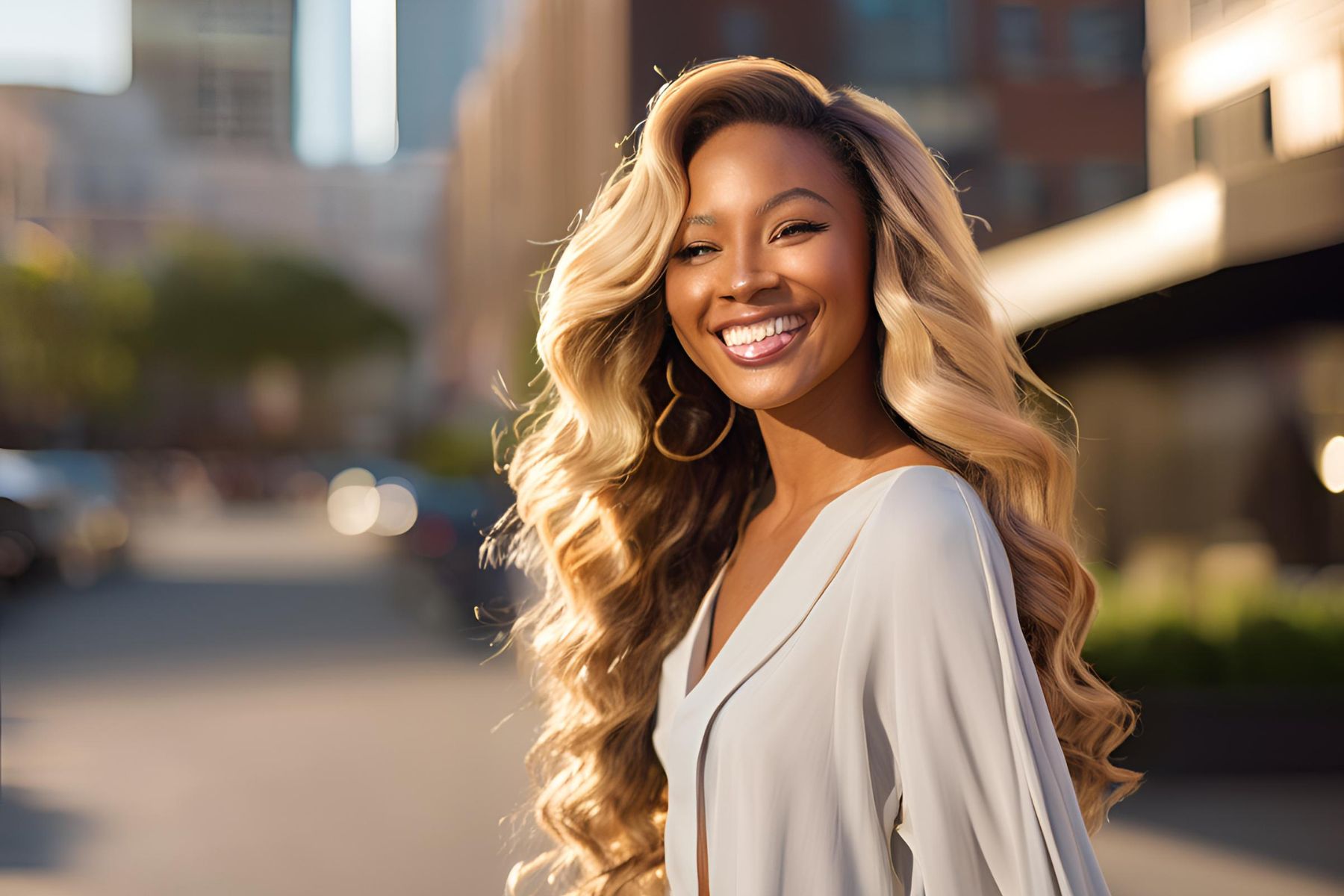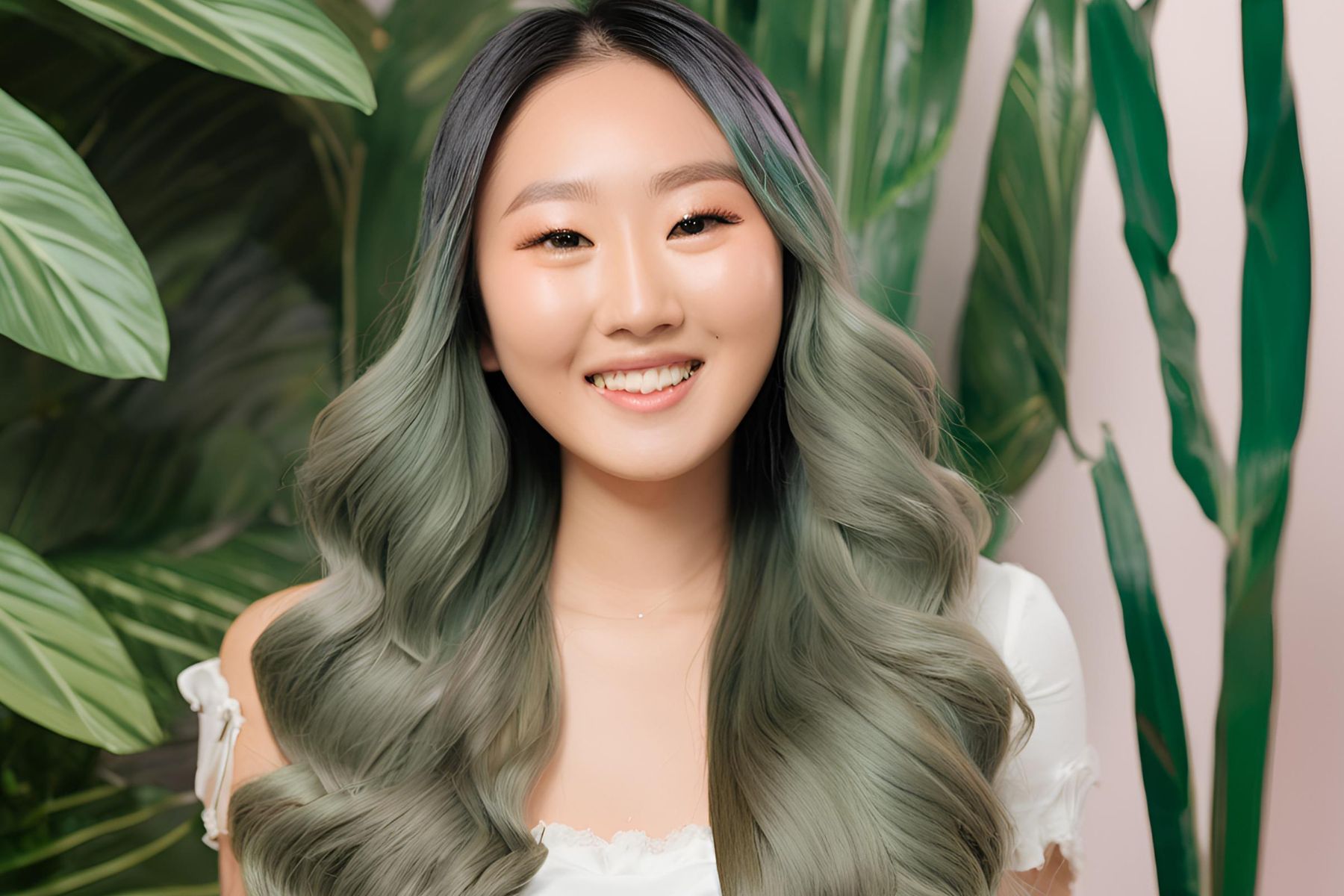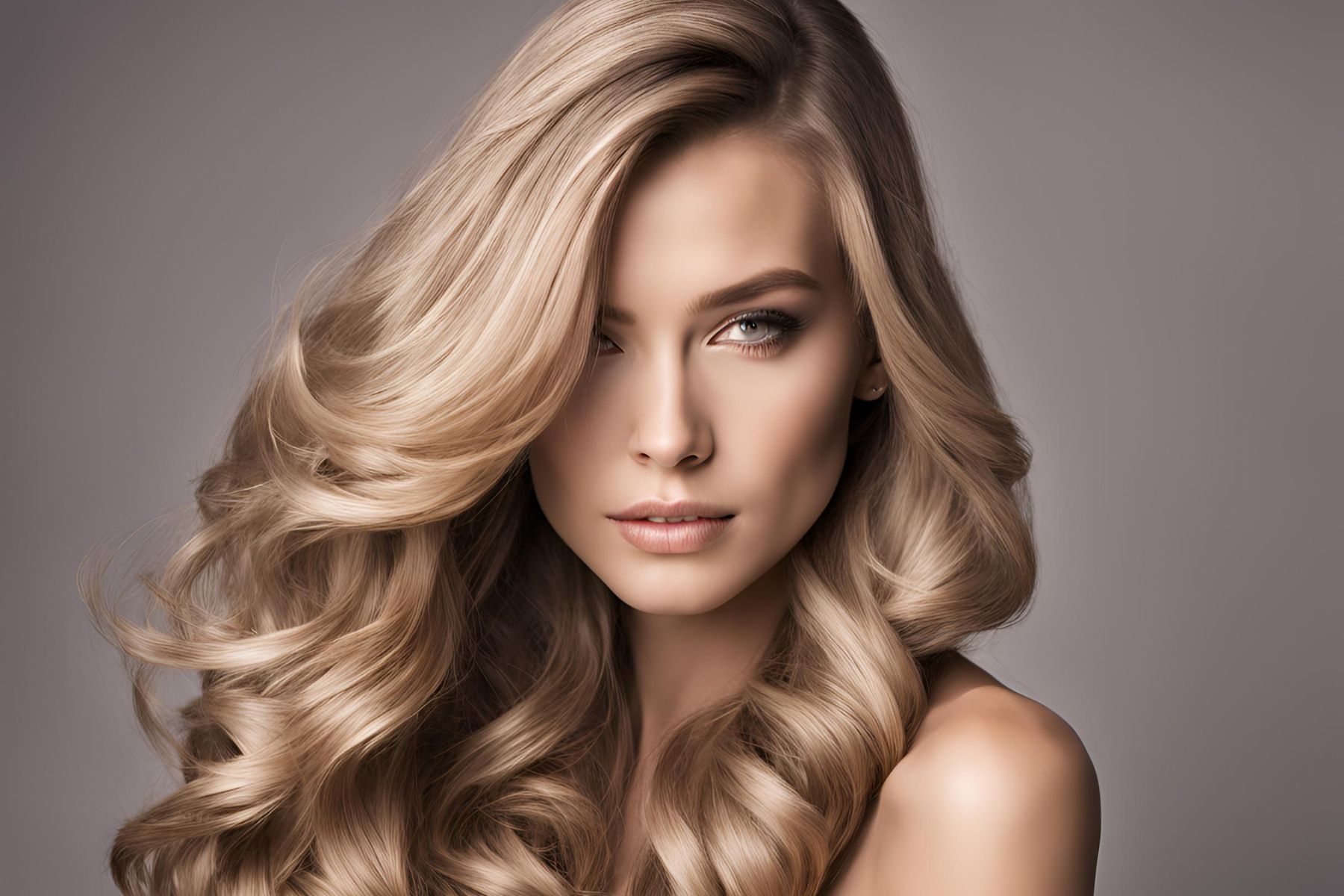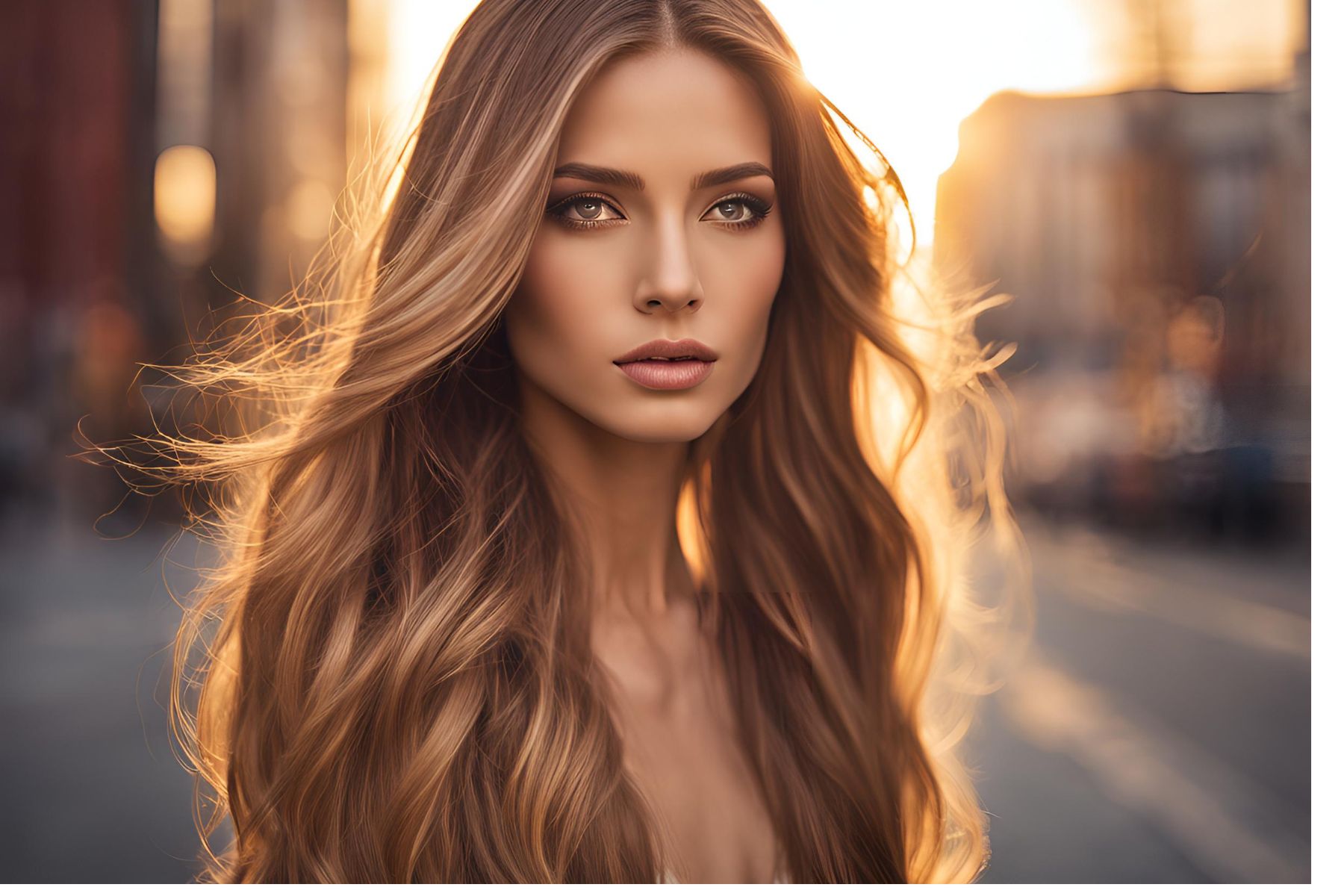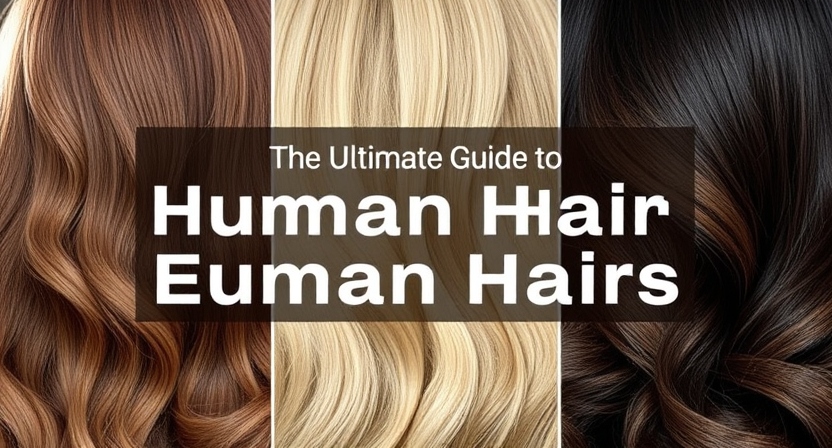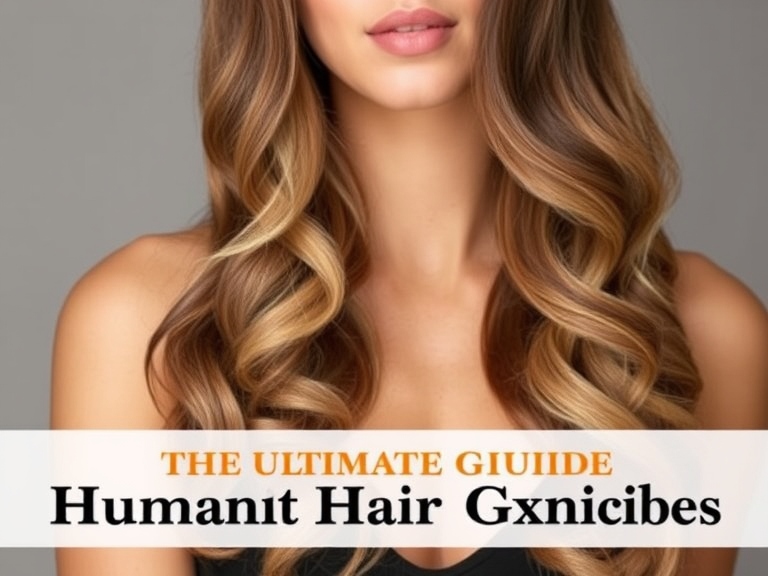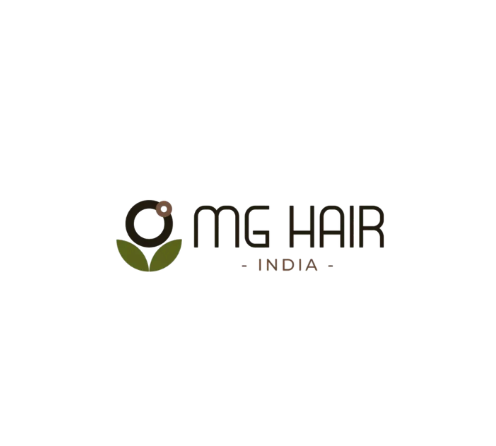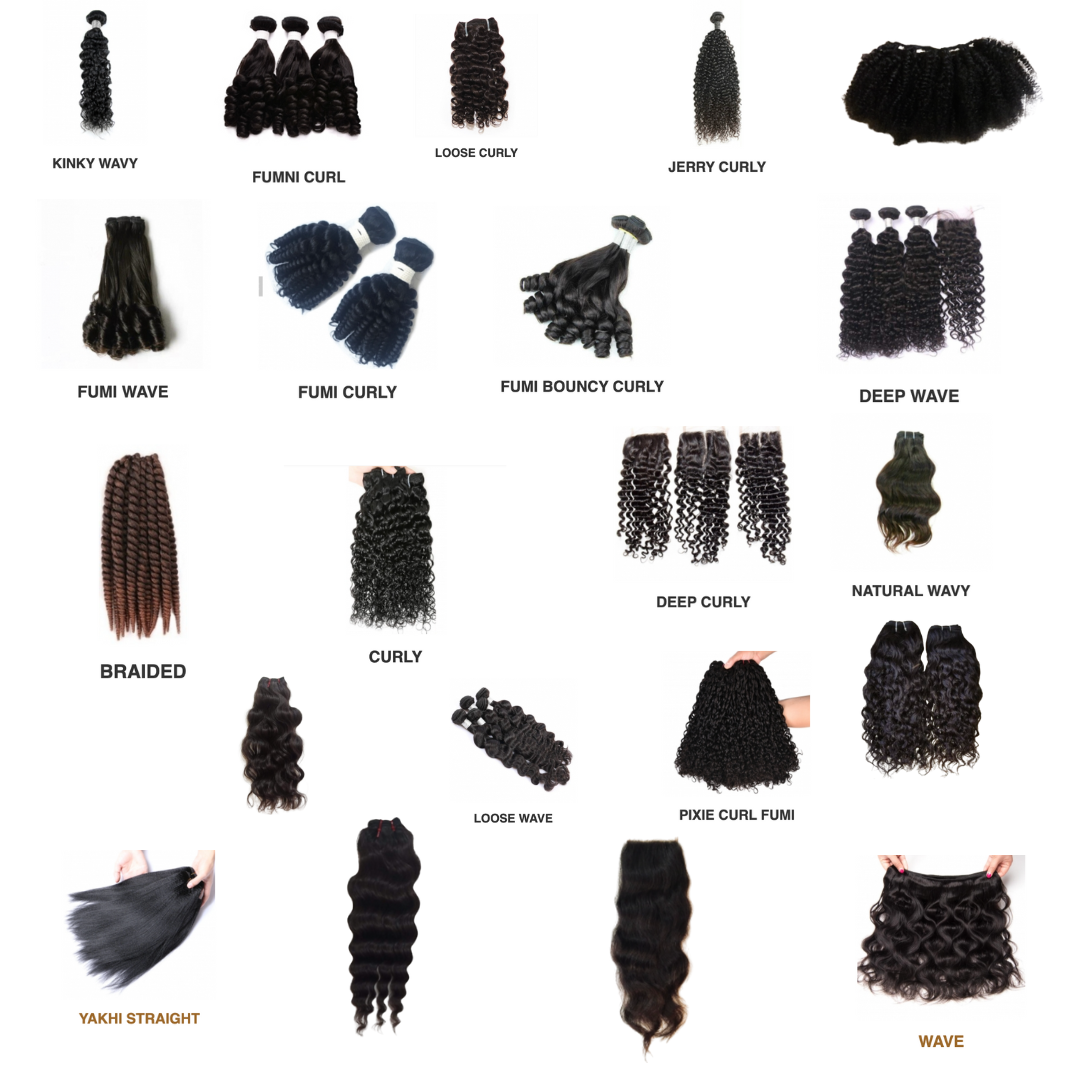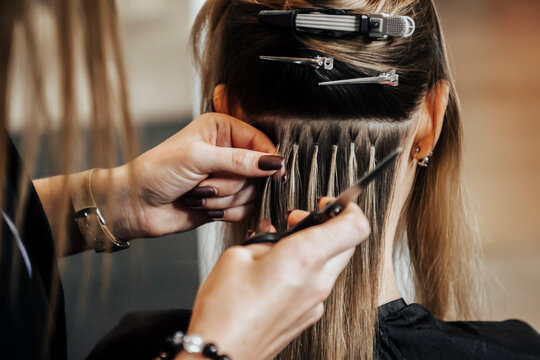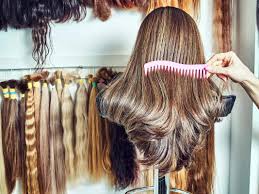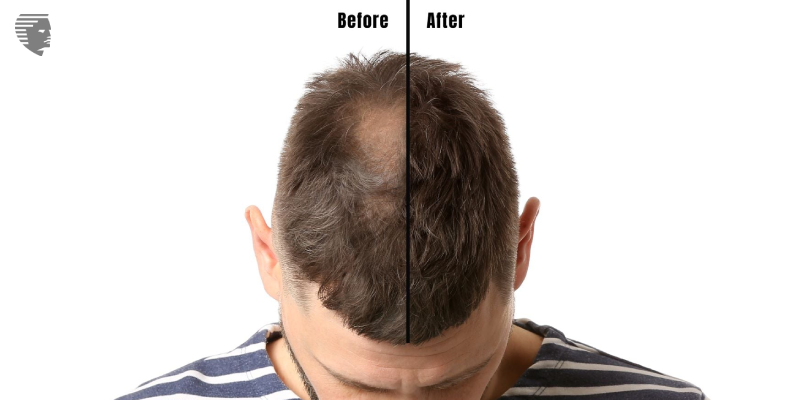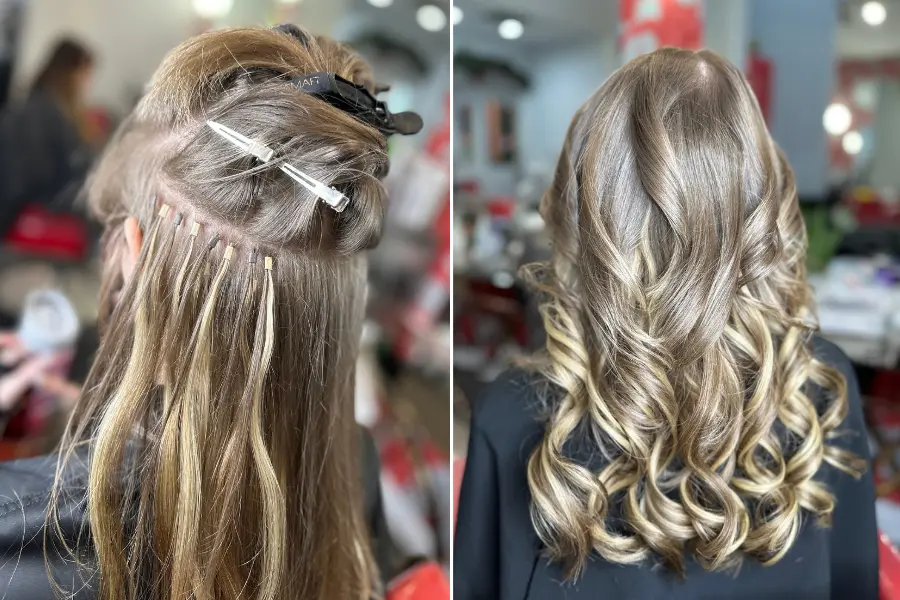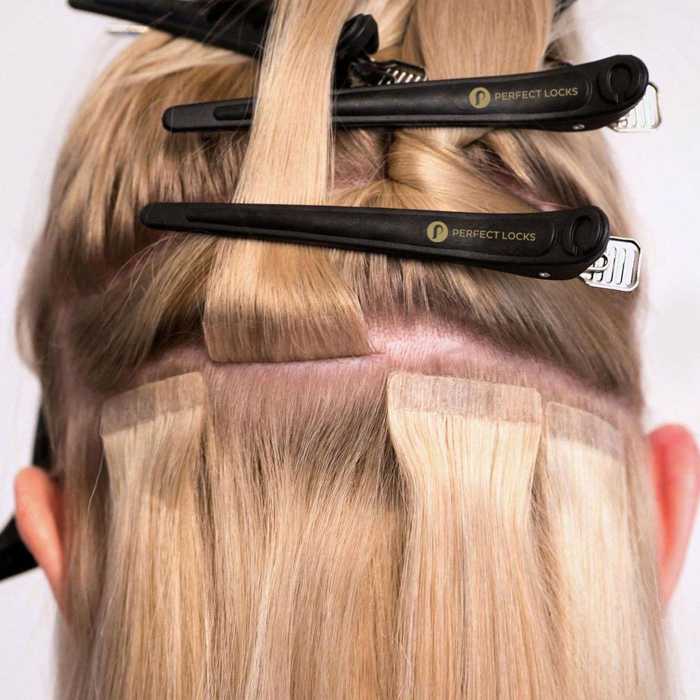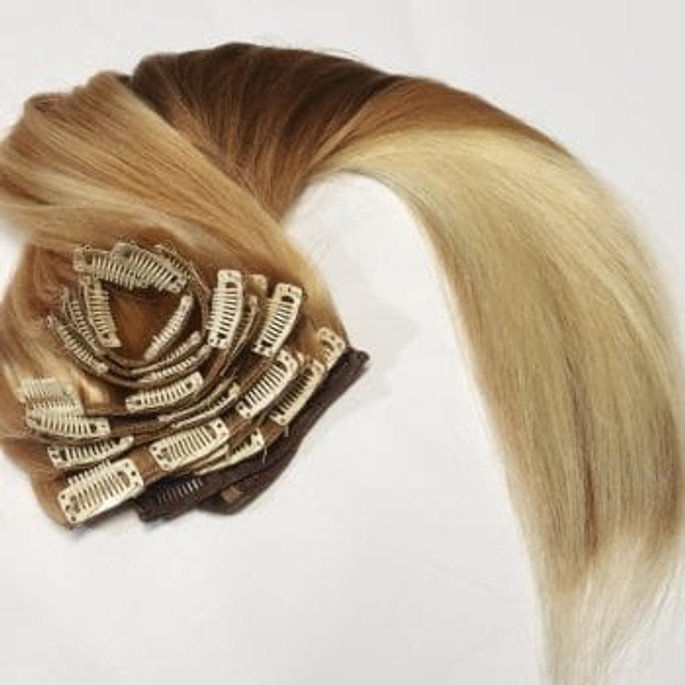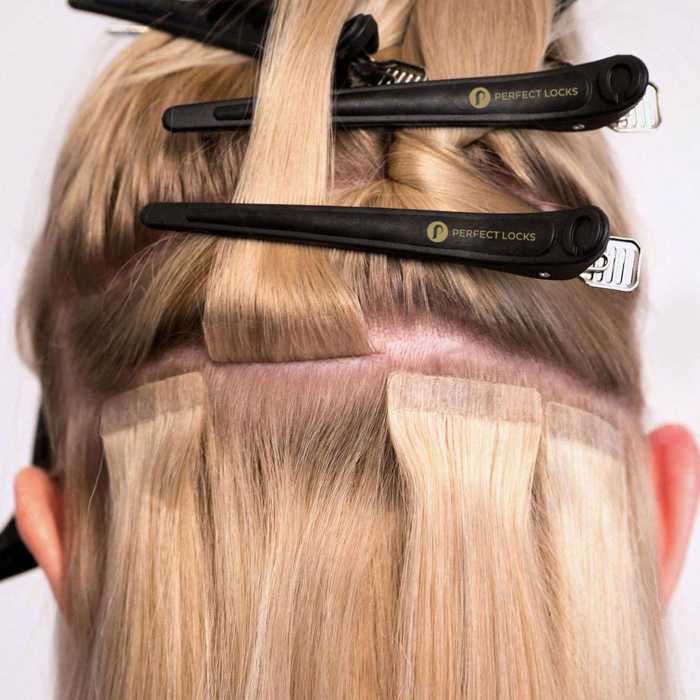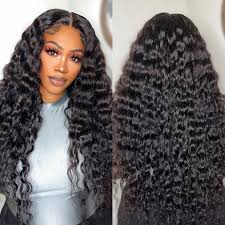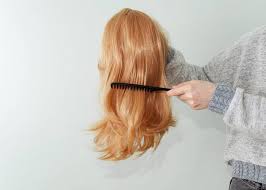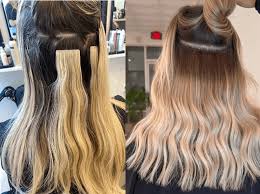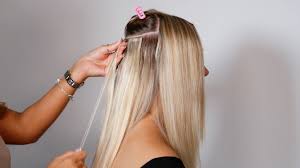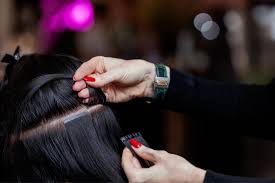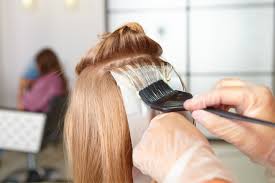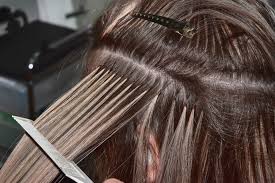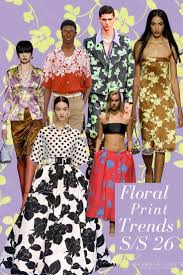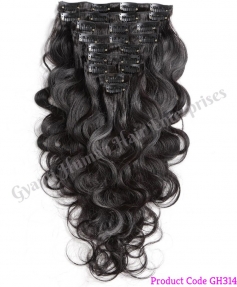How to Choose the Right Wig for Your Market
Running a successful wig business isn't just about stocking beautiful styles — it’s about understanding your customers and choosing products that truly fit their needs, lifestyles, and dreams.
Whether you're opening your first wig shop, launching an online store, or expanding your collection, knowing how to pick the right wigs for your target market can make or break your success.
In this guide, we’ll walk through everything you need to know to select wigs that sell themselves — because they’re exactly what your clients want.
👩🎤 Step 1: Understand WHO You’re Selling To
Before you even think about inventory, ask yourself:
-
Who is my primary customer?
(Medical hair loss? Fashion lovers? Older clients? Younger trendsetters?)
-
What problems are they trying to solve?
(Needing hair after chemotherapy? Seeking protective styling? Trying to match a trending celebrity look?)
-
What is their lifestyle?
(Busy professionals? Students? Performers? Retirees?)
-
What budget are they working with?
($100 synthetic units or $1000+ custom human hair wigs?)
Different clients have different needs.
Example:
🔮 Pro Tip: Build customer "personas" — imaginary profiles that help you think about the different types of customers you’ll serve.
💇 Step 2: Match Wig Types to Customer Needs
Here’s a quick cheat sheet for matching wig styles with specific customer types:
By aligning wig choices to customer realities, you’re more likely to make fast, repeat sales.
👀 Step 3: Focus on Hair Type and Texture
Different demographics have different hair expectations.
-
African American customers might prioritize kinky, coily, or braided textures.
-
Asian and Caucasian customers might lean toward straight or loosely wavy textures.
-
Older clients often seek gray or salt-and-pepper shades that look natural.
You can't expect one texture to fit everyone.
Diversity in your offerings is essential if you're serving a broad market!
🔮 Pro Tip: Always offer a mix of synthetic and human hair wigs to meet different budgets and styling needs.
🎨 Step 4: Offer the Right Color Options
Color matters — a lot.
-
Young customers love experimenting with bold shades (platinum blondes, bright reds, unicorn pastels).
-
Older or conservative clients usually prefer natural shades (soft browns, dark brunettes, gentle highlights).
-
Fashion lovers might want ombre, balayage, or rooted styles for extra depth.
If your market demands trendy colors, don’t overstock "safe" colors — and vice versa.
🔮 Pro Tip: Keep a few customizable options on hand. Some clients love getting custom-dyed wigs for the perfect match.
🃠Step 5: Think About Lifestyle and Maintenance
Ask yourself:
For busy clients, low-maintenance synthetic wigs that hold styles after washing are ideal.
For hair lovers who enjoy styling daily, luxury human hair wigs that can be curled, flat-ironed, and colored will be a must.
ðŸ Step 6: Local Climate Matters Too
It sounds weird, but climate can impact wig sales.
-
Hot, humid areas (think Florida, Texas) may favor lighter, breathable wigs like lace fronts and short bob cuts.
-
Cooler, dry climates might allow clients to wear thicker, fuller wigs without discomfort.
🔮 Pro Tip: If you’re selling online, offer tips about climate and wig types — it builds trust and boosts conversion rates!
📈 Step 7: Stock What’s Trending — But Stay Balanced
You want to stock some hot, trendy wigs — but don’t fill your whole inventory with "hype" items that may fizzle out.
Good strategy:
-
70% classic, evergreen styles (bobs, layered cuts, natural curls)
-
20% trendy styles (butterfly locs, wolf cuts, shaggy bobs)
-
10% bold experimental styles (vivid colors, fantasy wigs)
That way, you always have something timeless, something trendy, and something bold.
🧠Step 8: Educate Your Customers
Sometimes, clients don’t know exactly what they want.
That’s where YOU come in — as the expert guide.
Offer education through:
The more you position yourself as a trusted advisor, the easier it will be to sell.
🛒 Step 9: Provide a Range of Price Points
Not every client can (or wants to) spend $1200 on a wig.
Your inventory should have tiered options:
-
Entry-Level: $100–$300 synthetic wigs
-
Mid-Level: $300–$700 human hair/synthetic blends
-
Luxury: $700–$1500+ fully custom human hair wigs
This way, you can meet customers where they are financially without losing them to a competitor.
🧡 Step 10: Listen and Adapt
Finally — listen to your customers.
Track what’s selling, what’s sitting, and what customers are asking for that you don't have.
Use that feedback to fine-tune your selections month by month.
Business isn’t static. Neither is style.
🎀 Quick Bonus:
5 Mistakes to Avoid When Choosing Wigs for Your Market
-
⌠Only buying wigs you personally like
-
⌠Ignoring color and texture diversity
-
⌠Forgetting about comfort and cap construction
-
⌠Underestimating climate needs
-
⌠Not adjusting inventory based on customer feedback
🎉 Final Thoughts: Smart Inventory = Happy Customers
Choosing the right wigs isn’t rocket science — but it is an art.
When you know your audience, anticipate their needs, and offer thoughtful, diverse options, you'll not only boost your sales — you'll build deep loyalty and trust.
And that, my friend, is the real foundation of a thriving wig business. ✨
Related Blog

